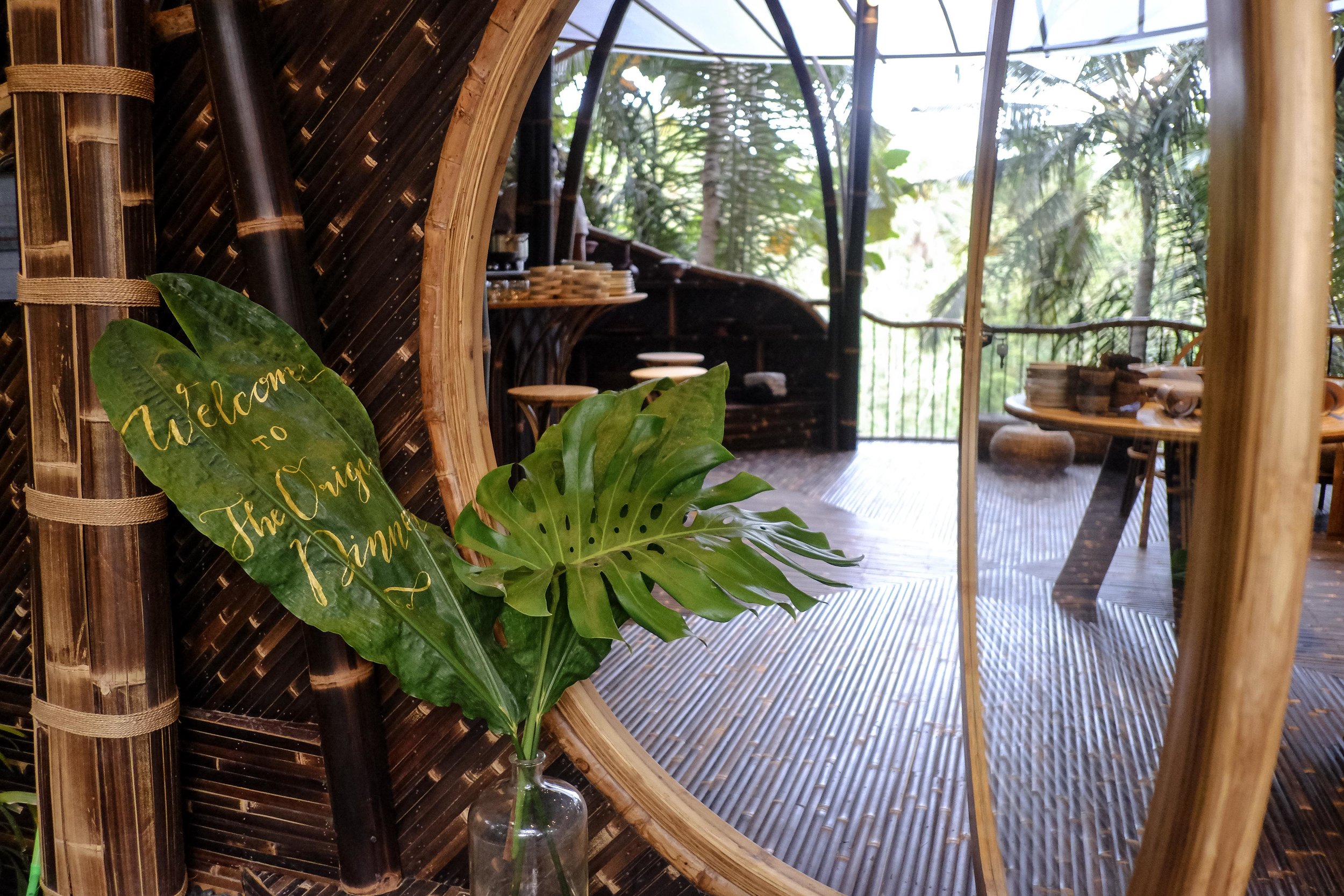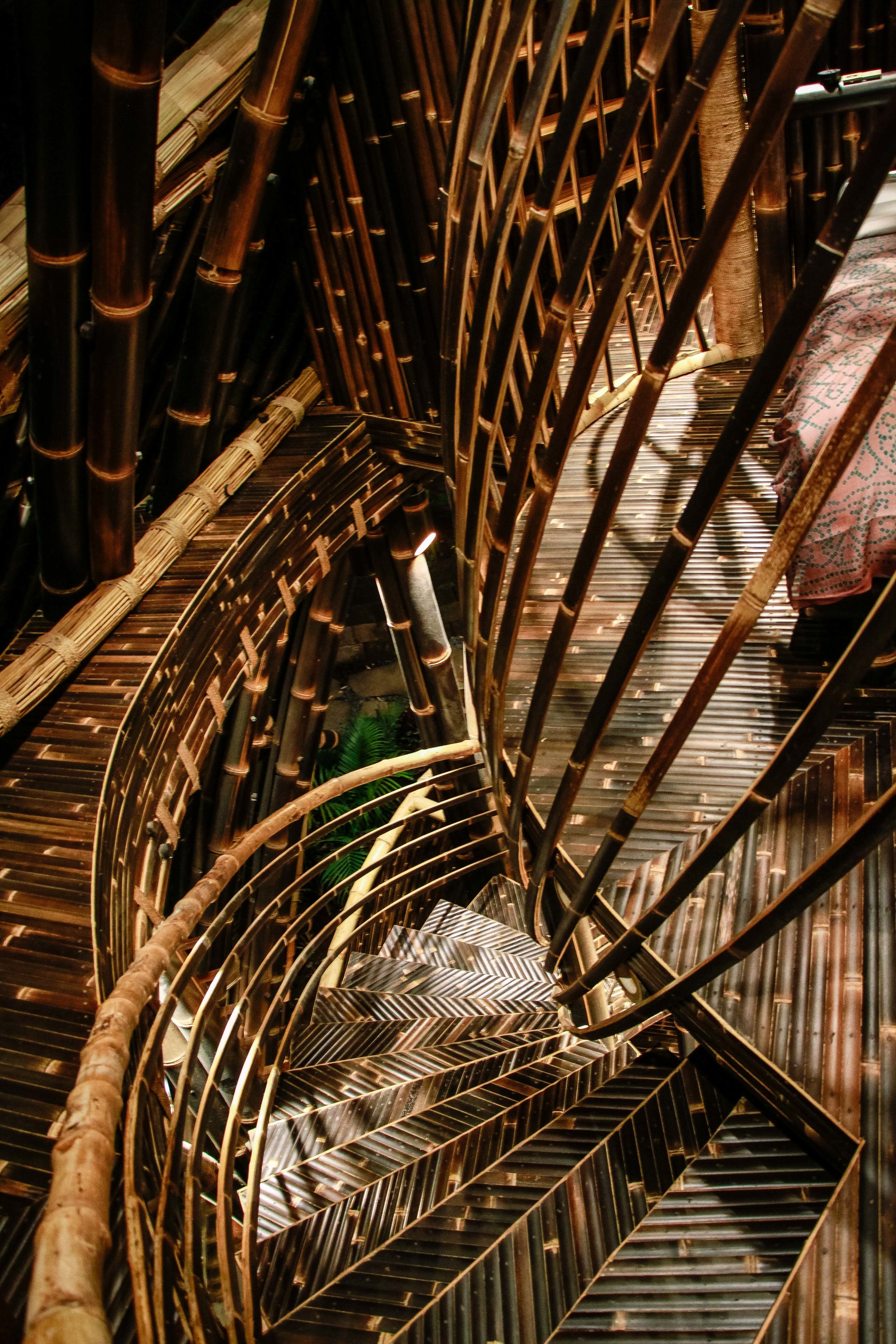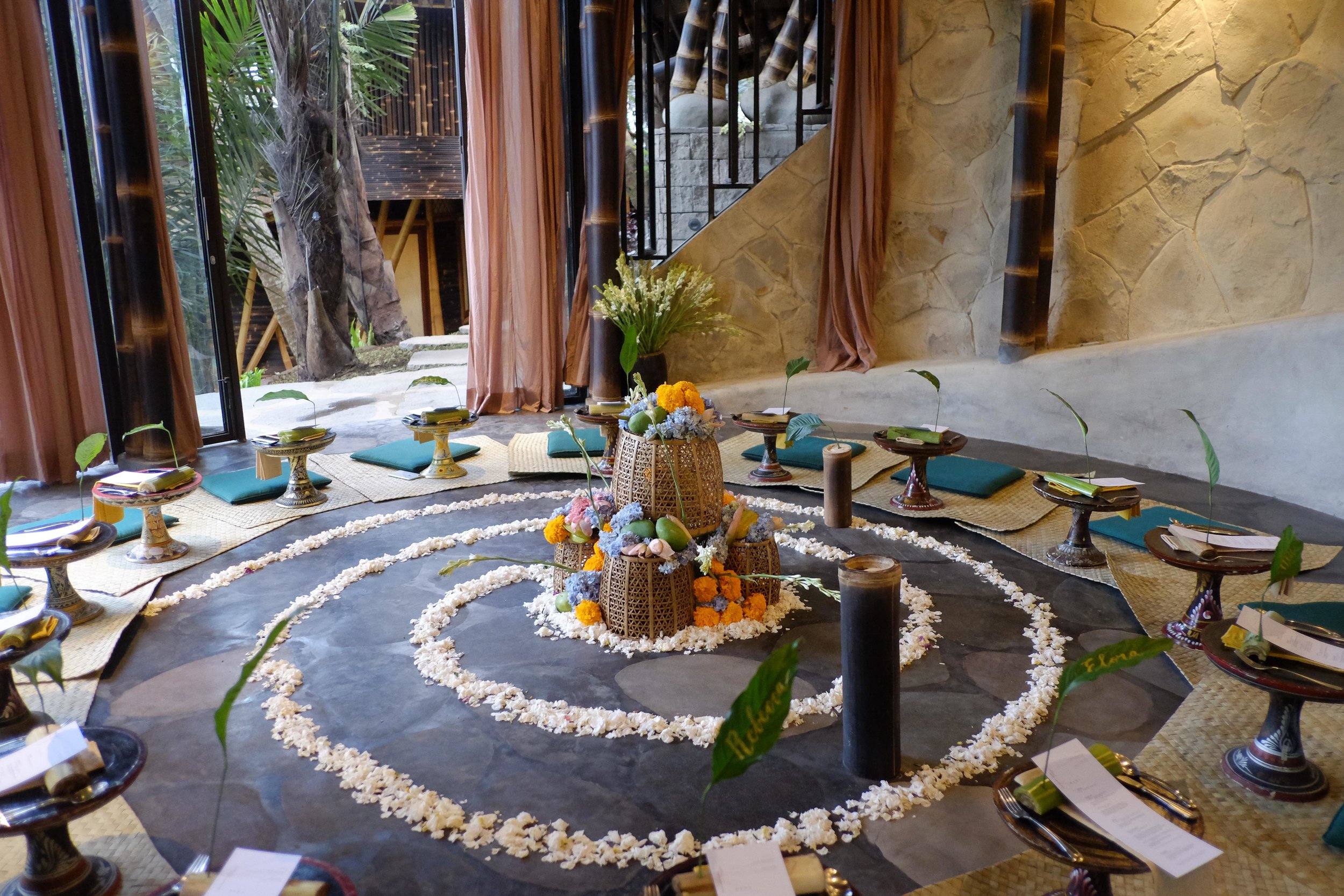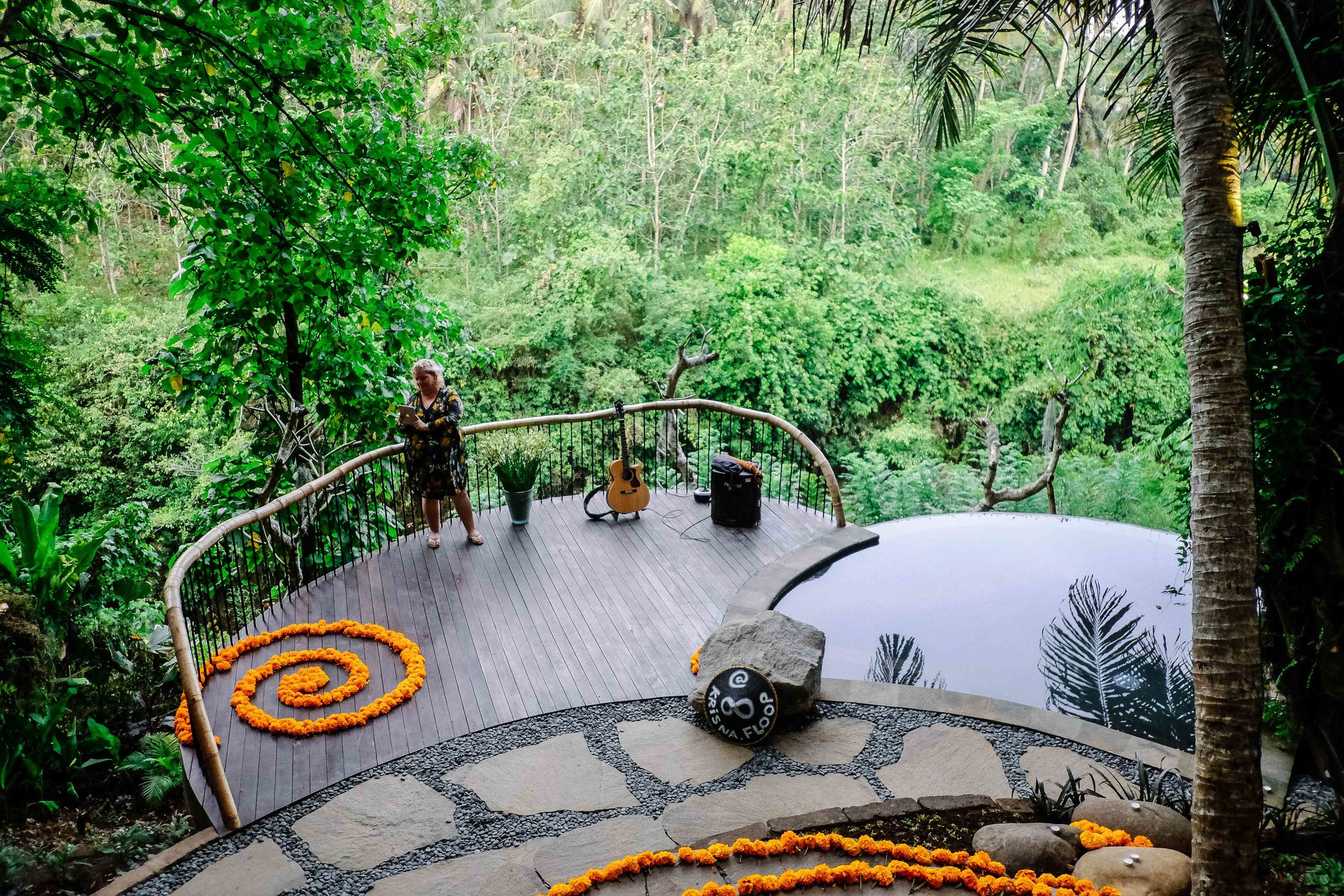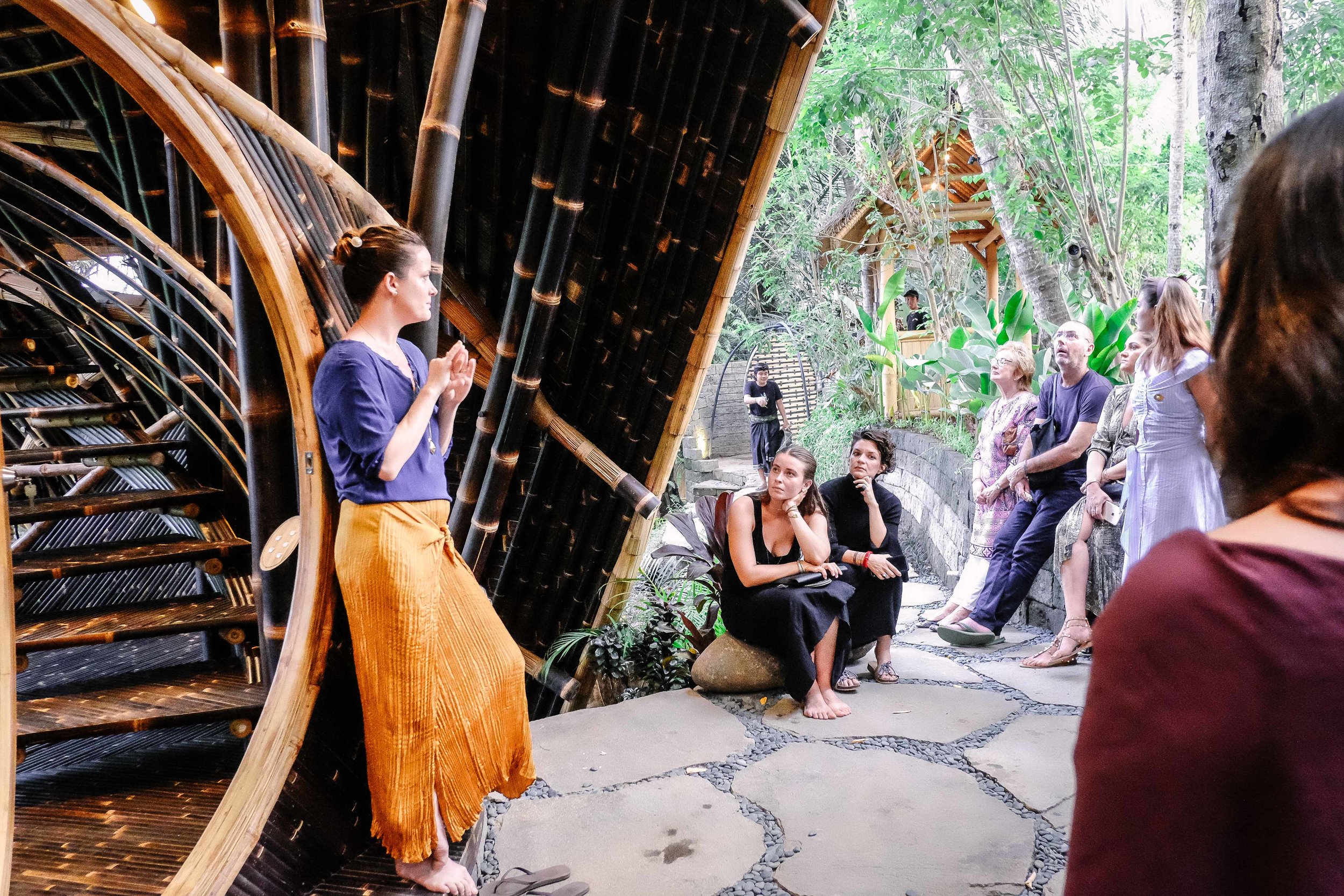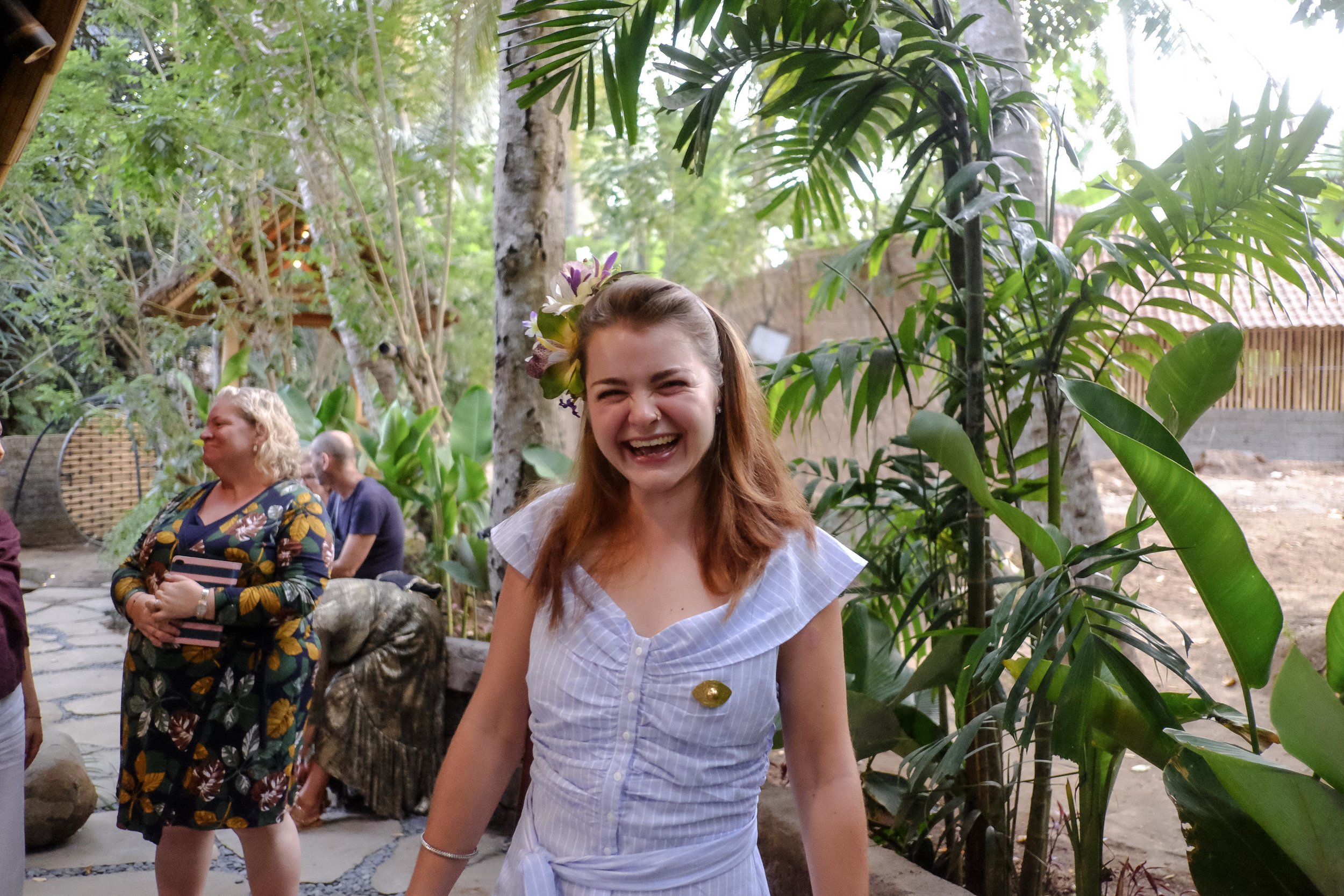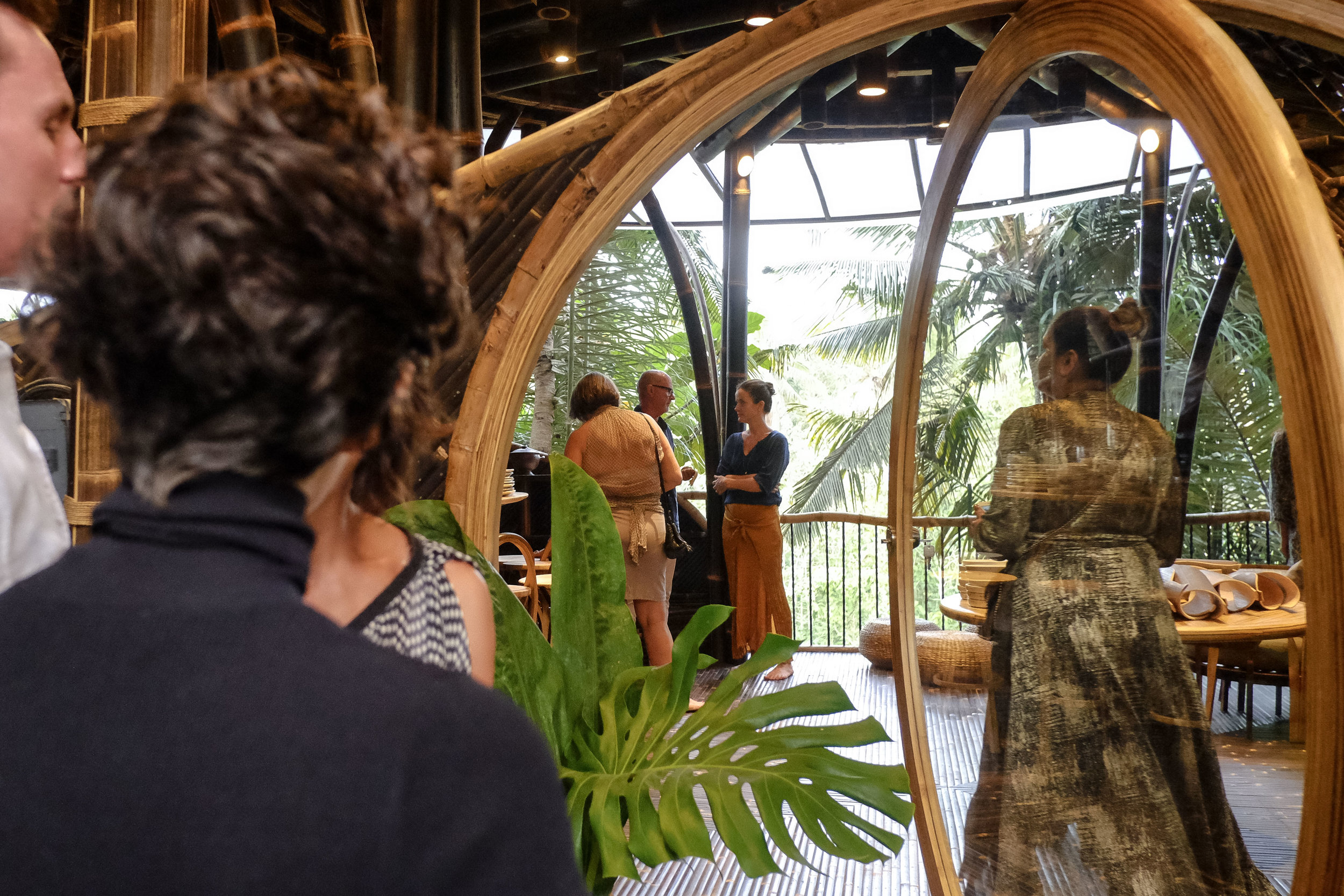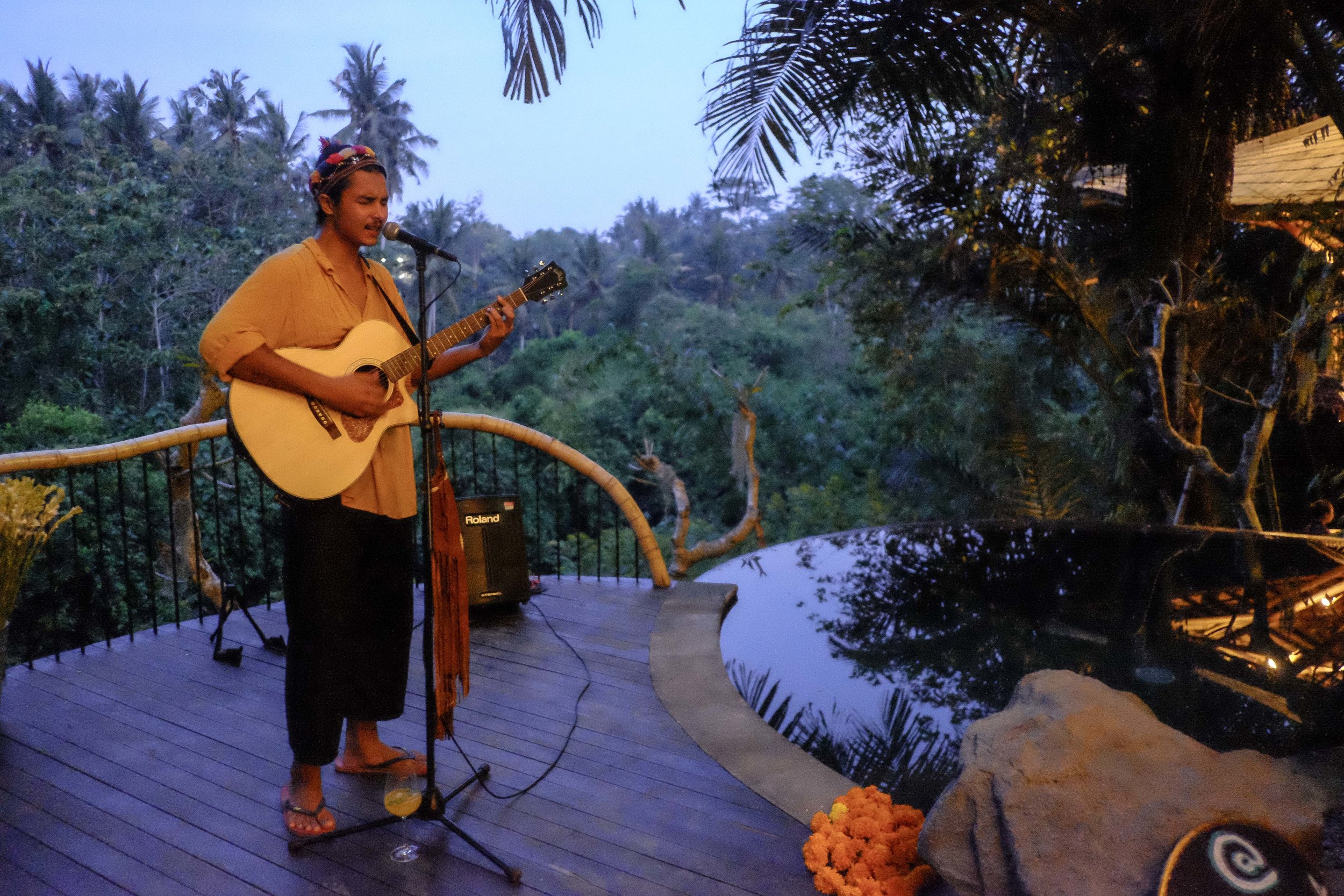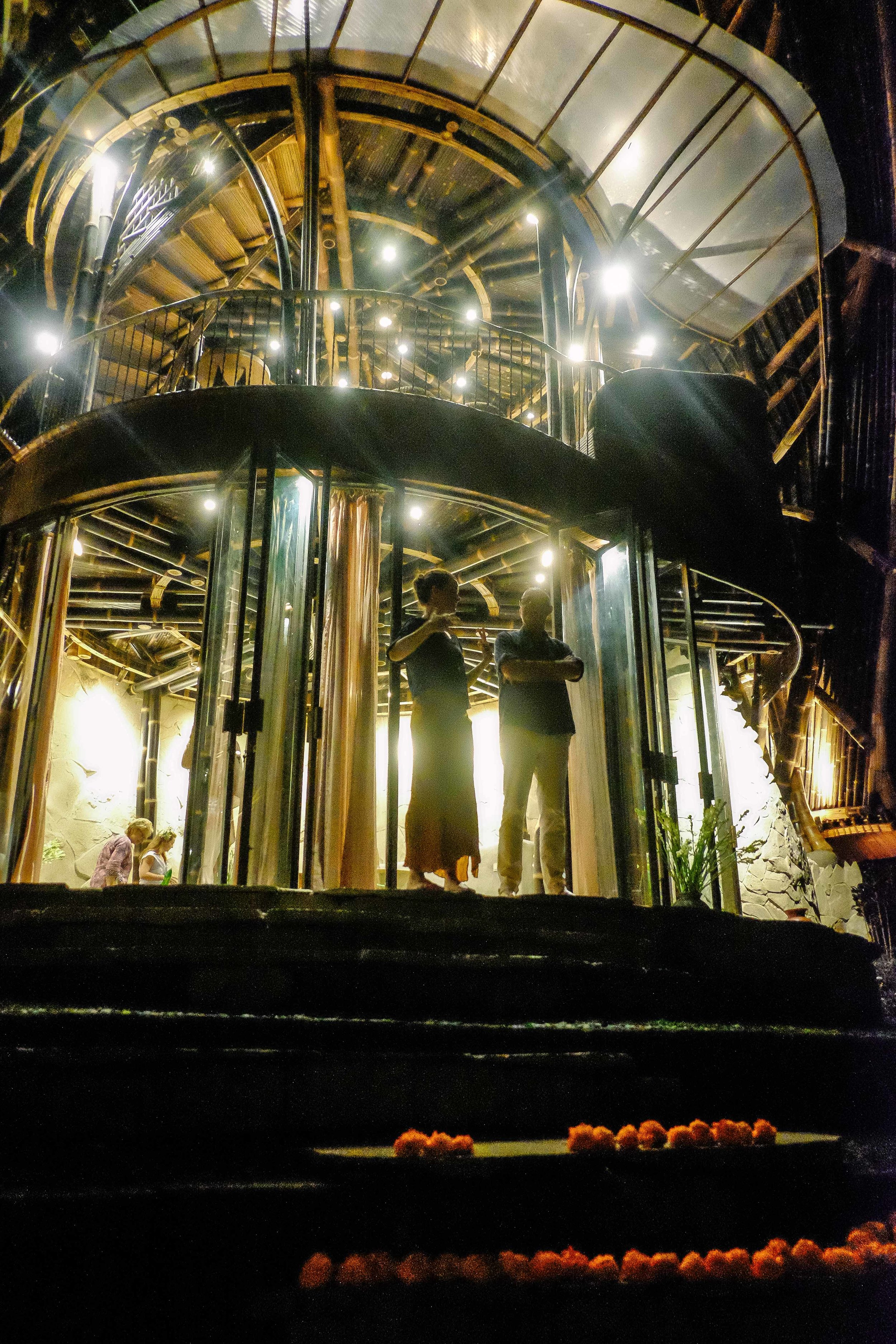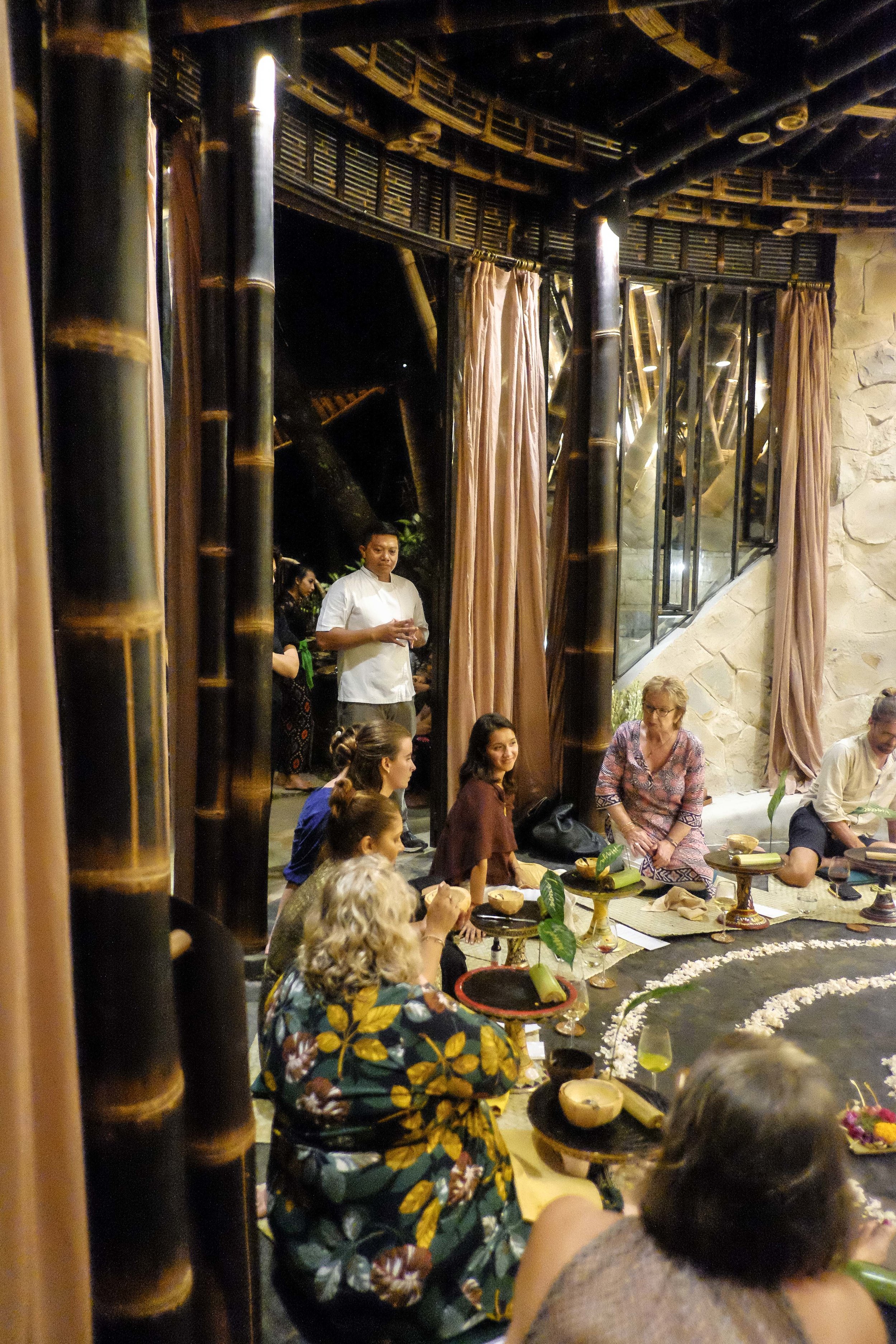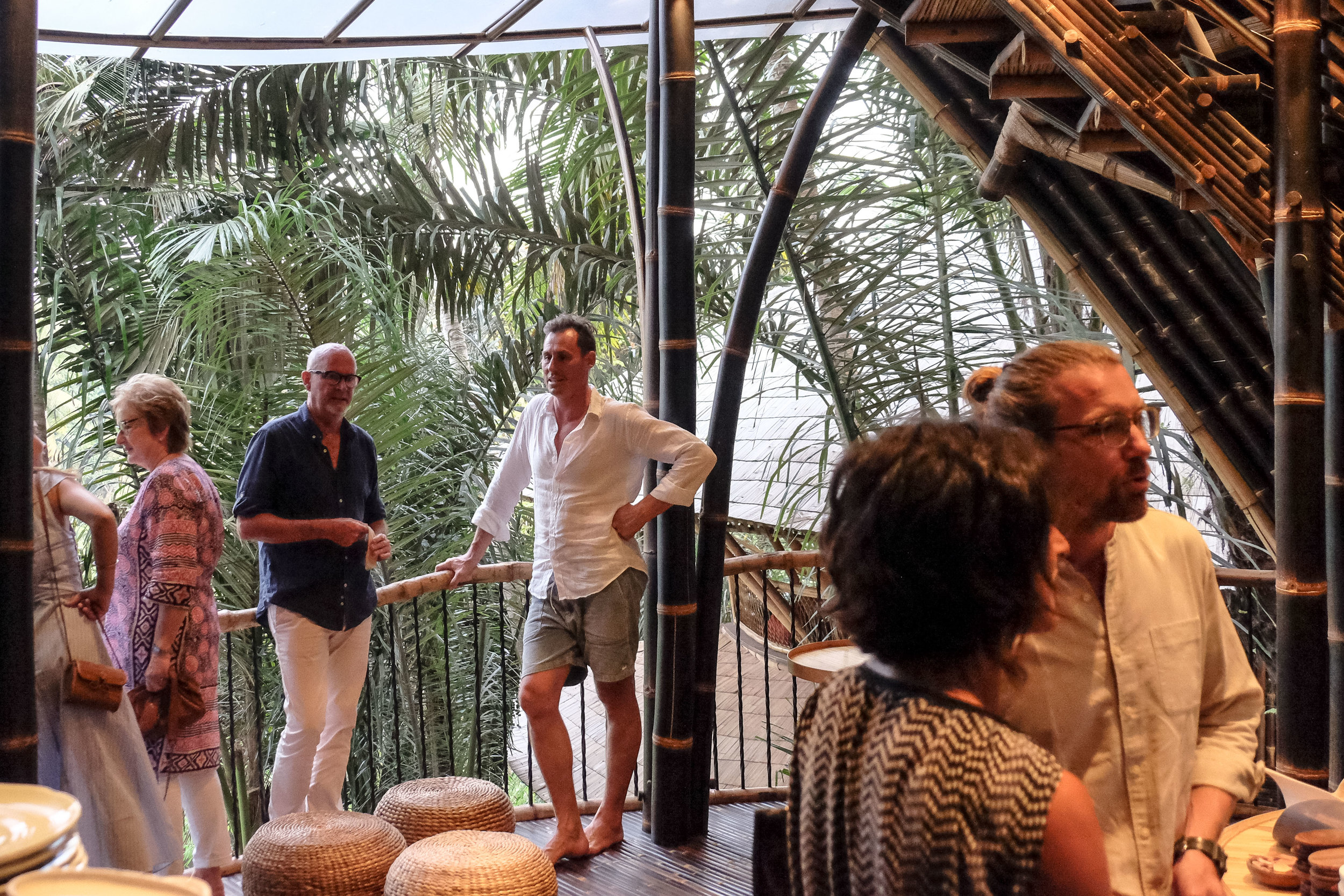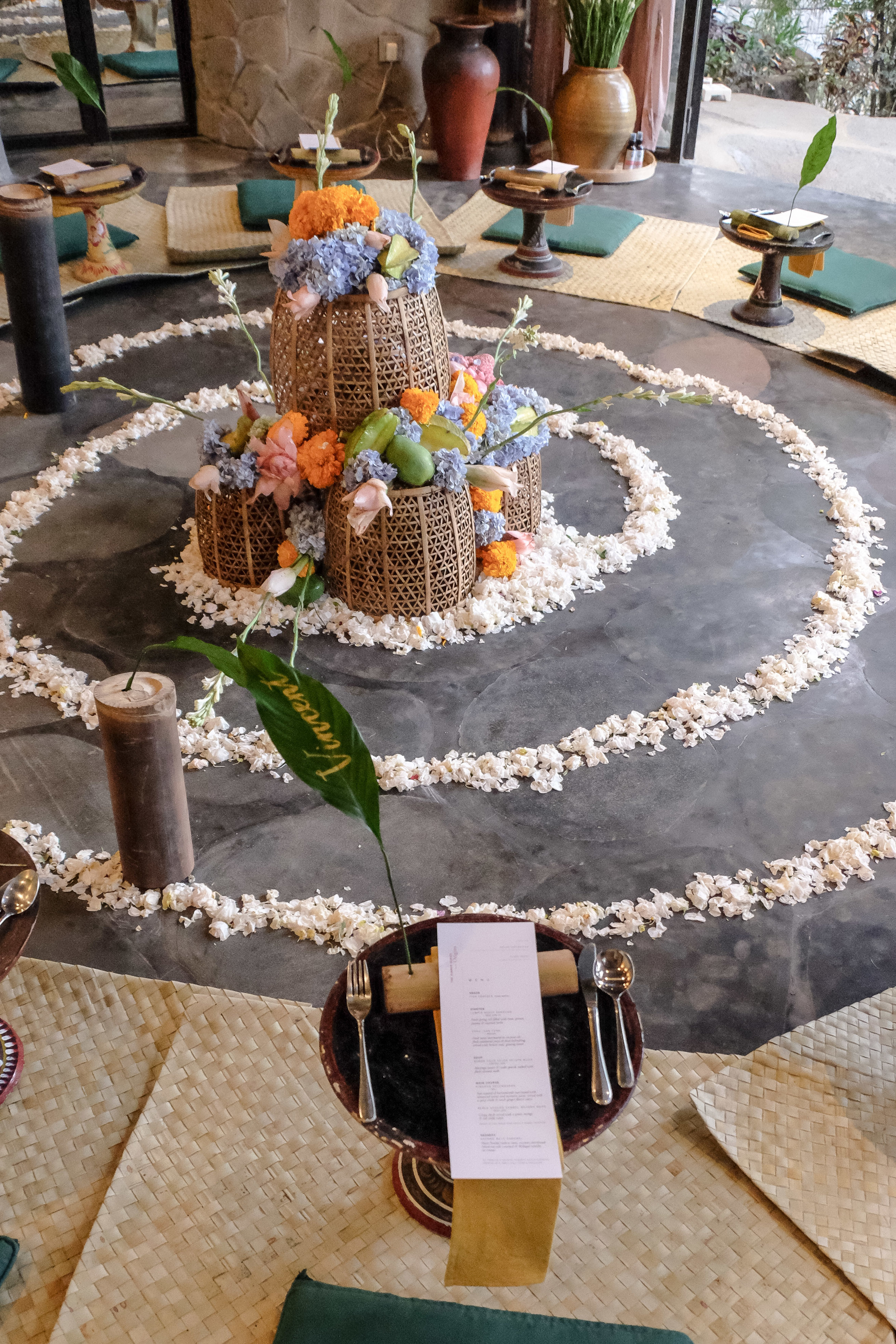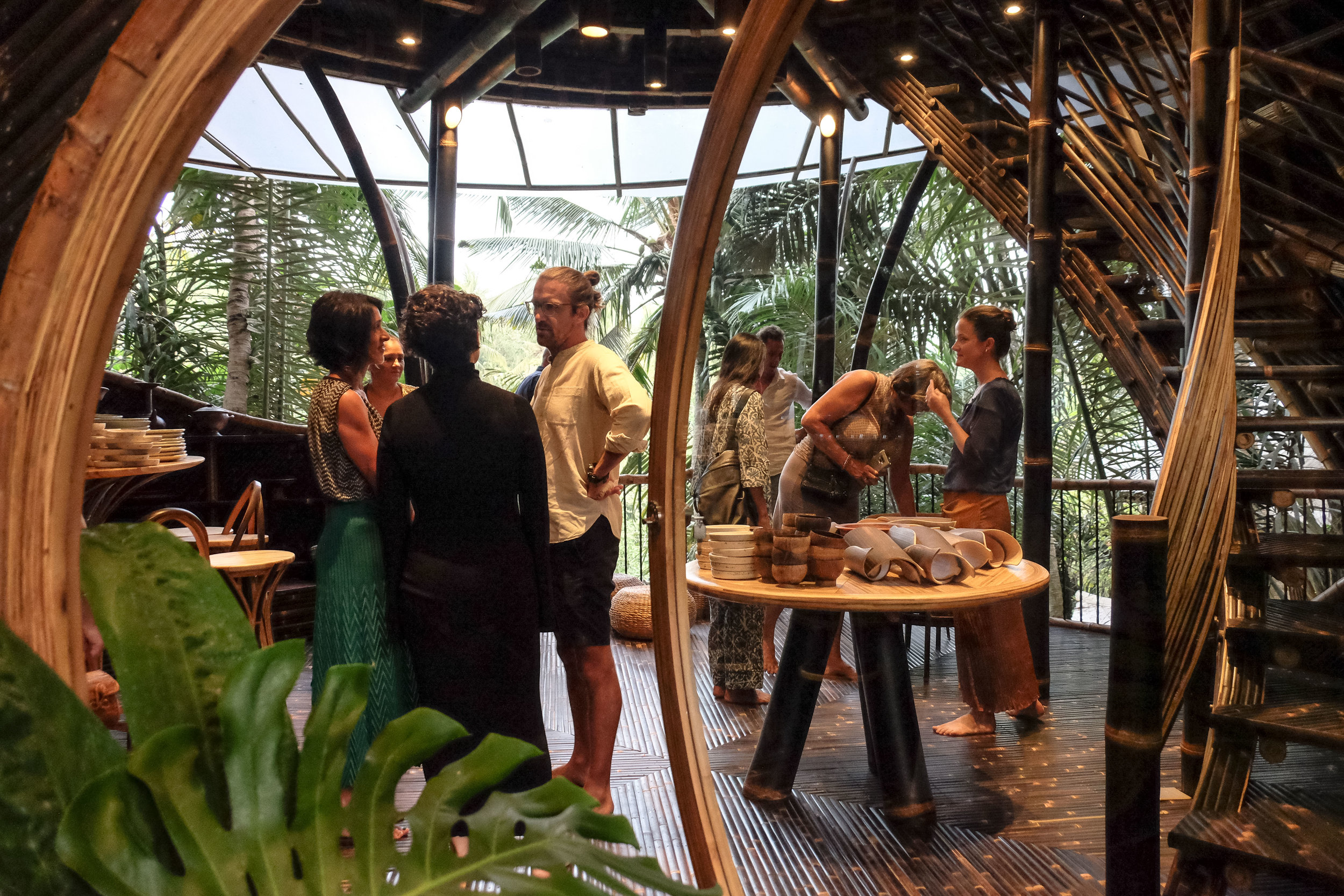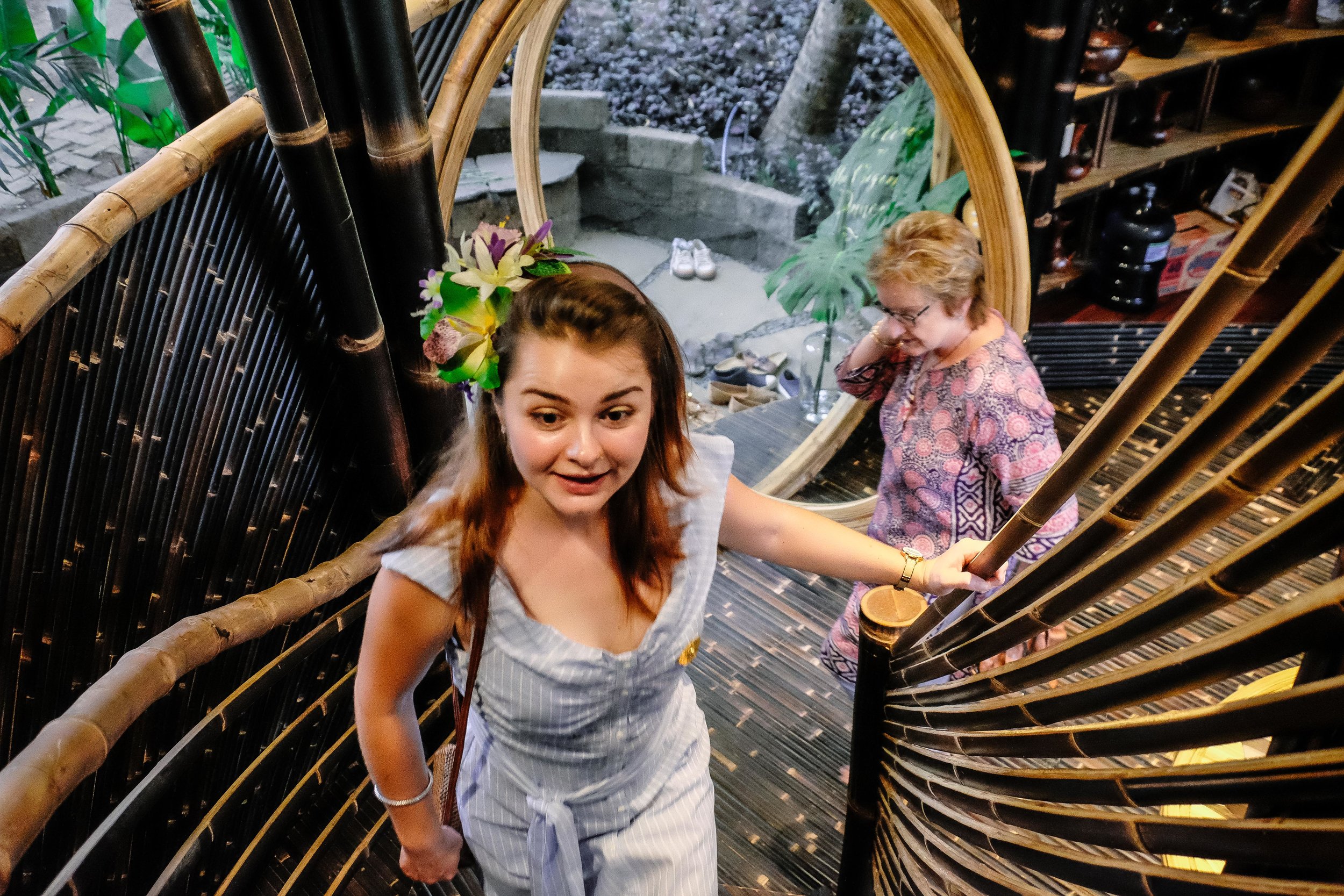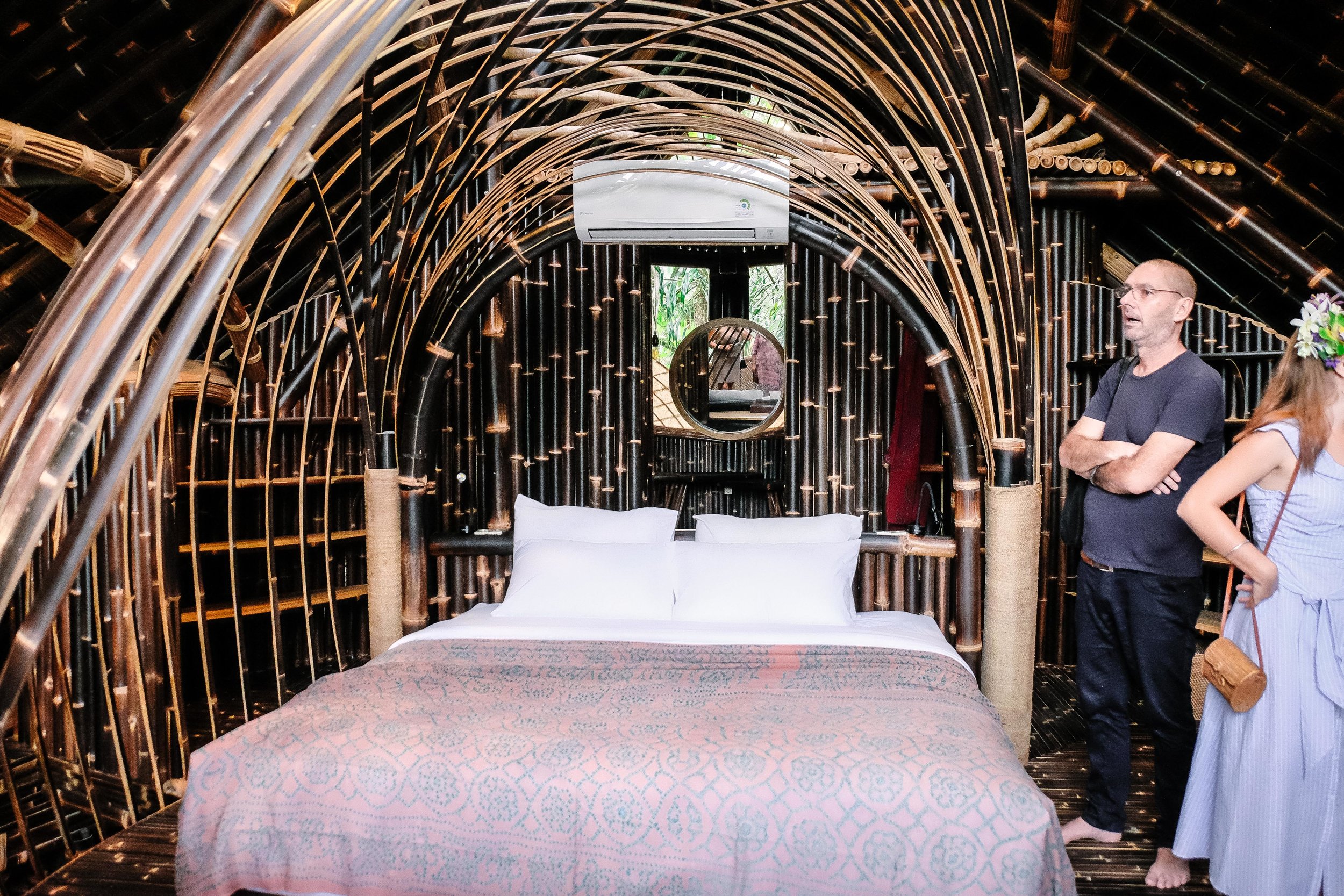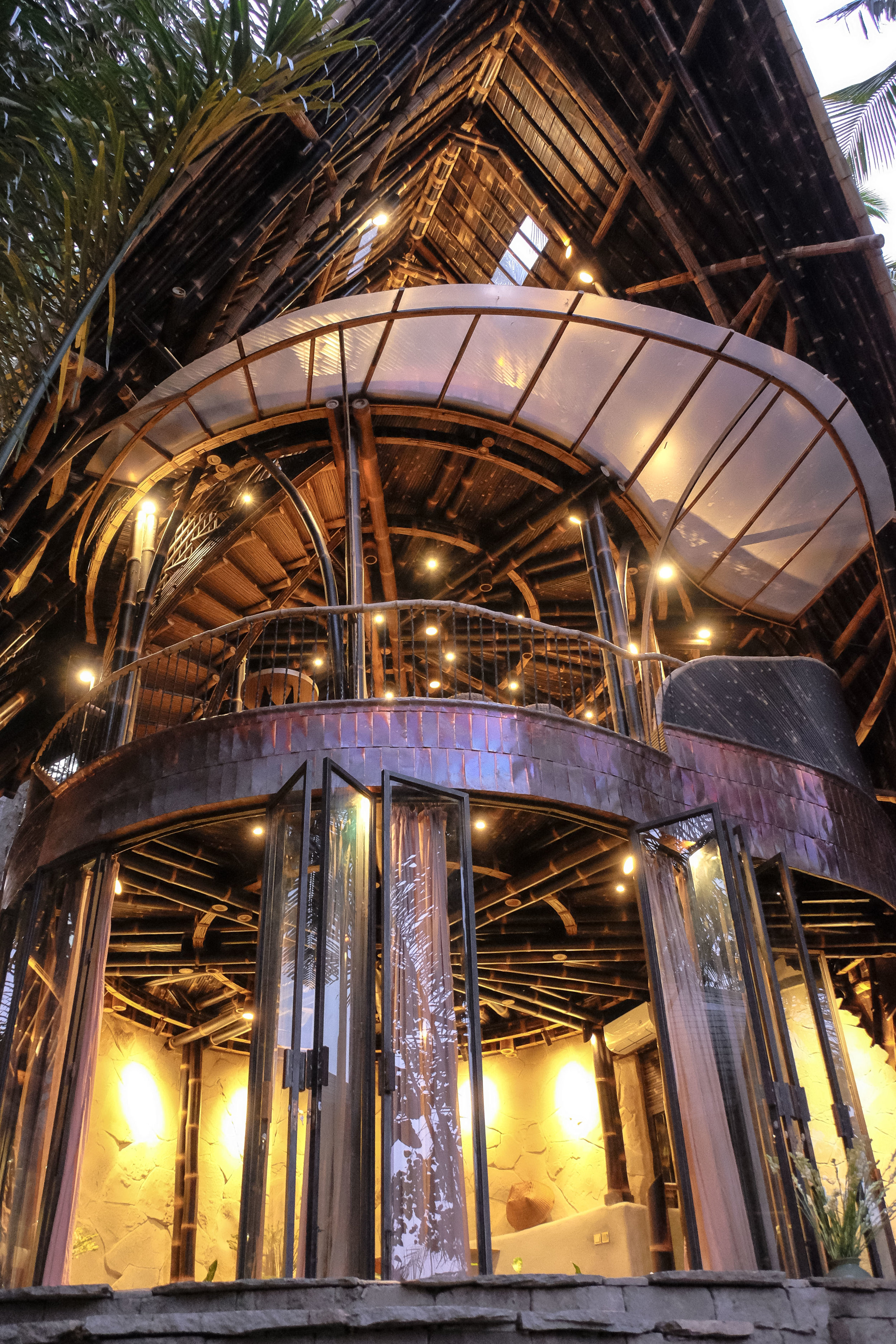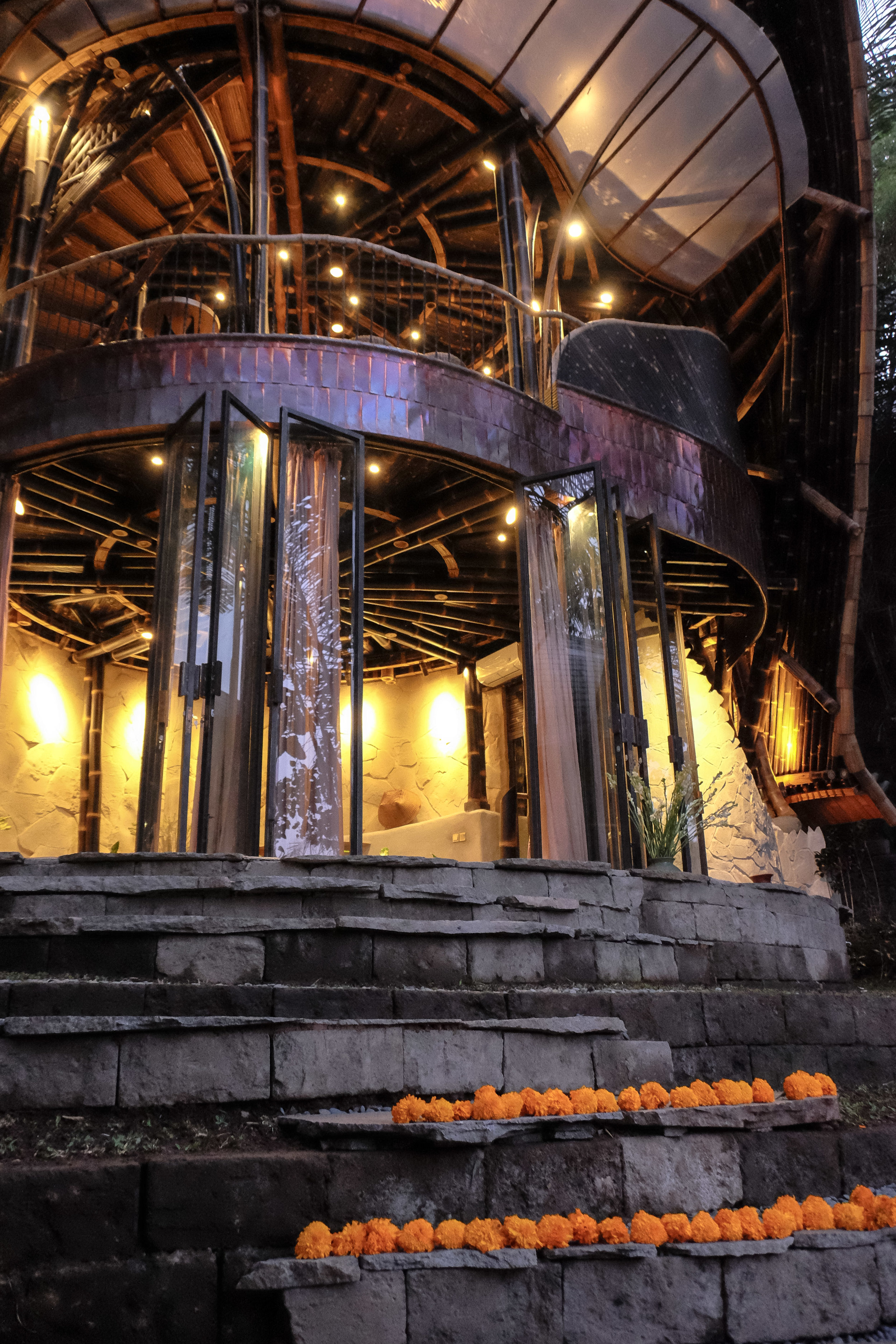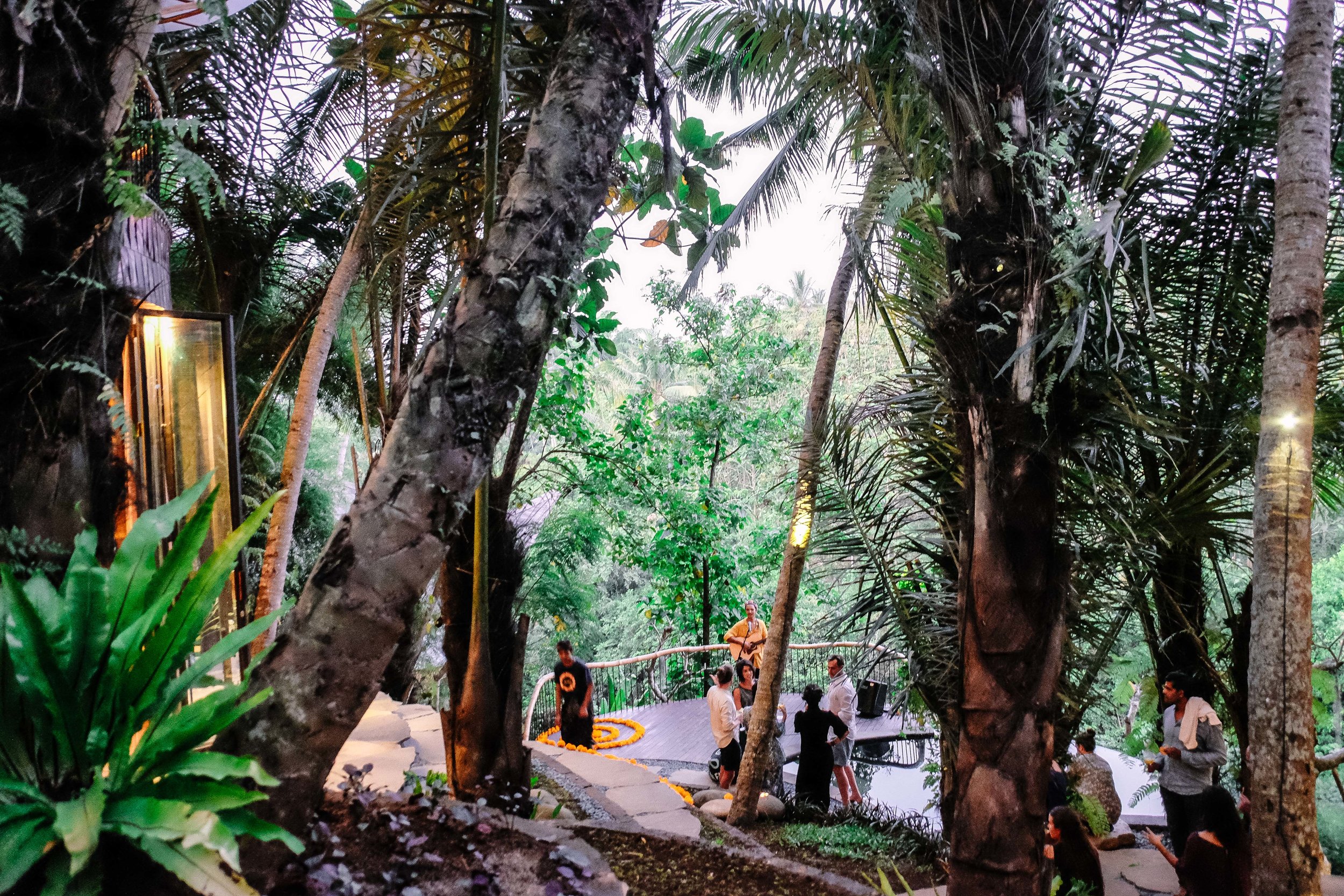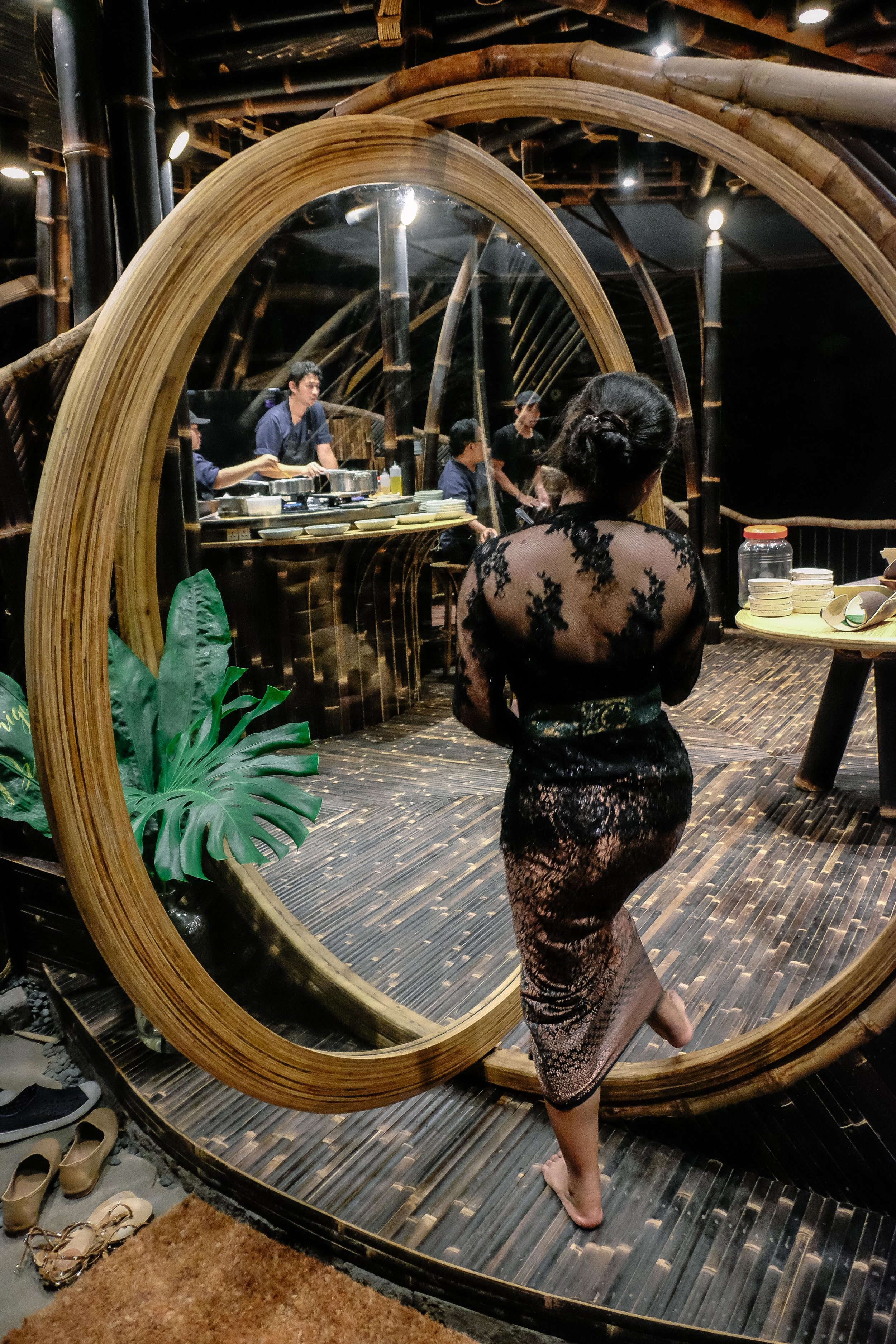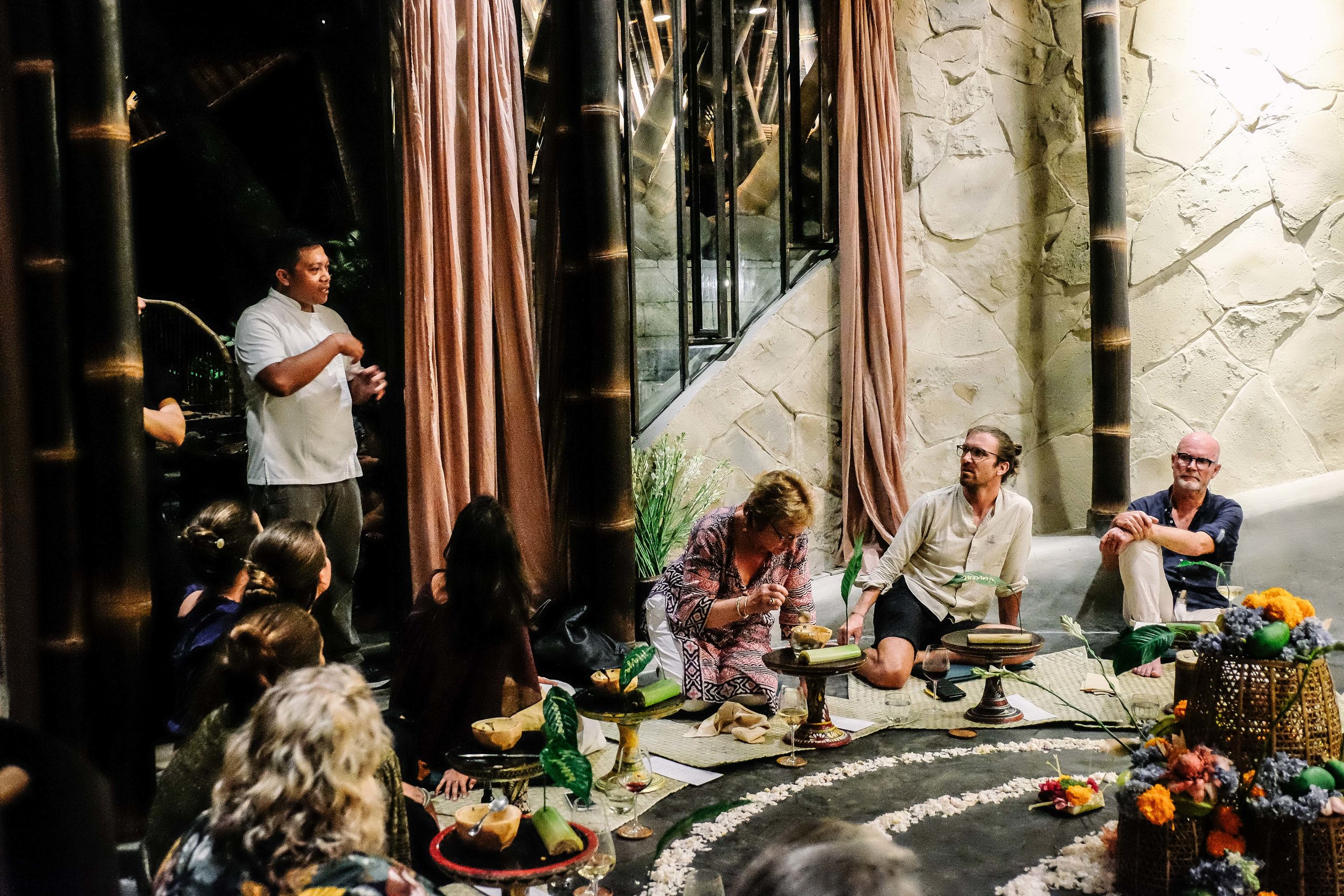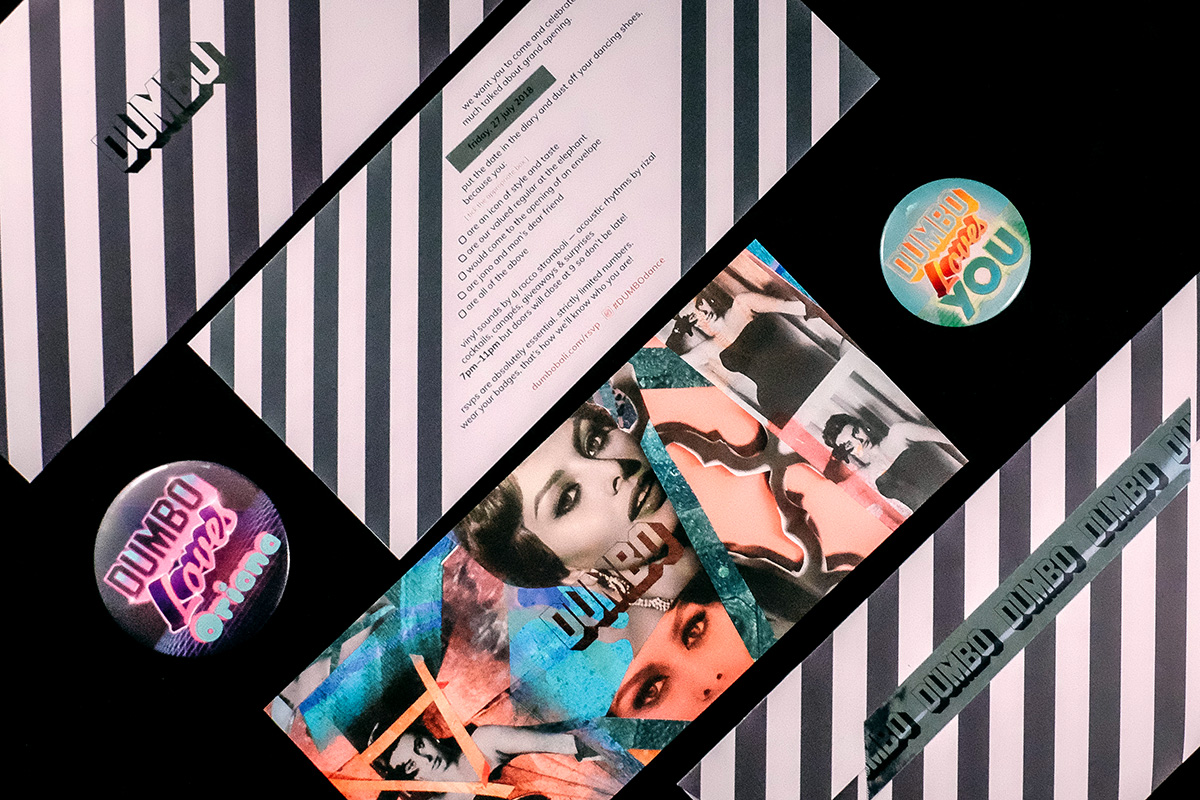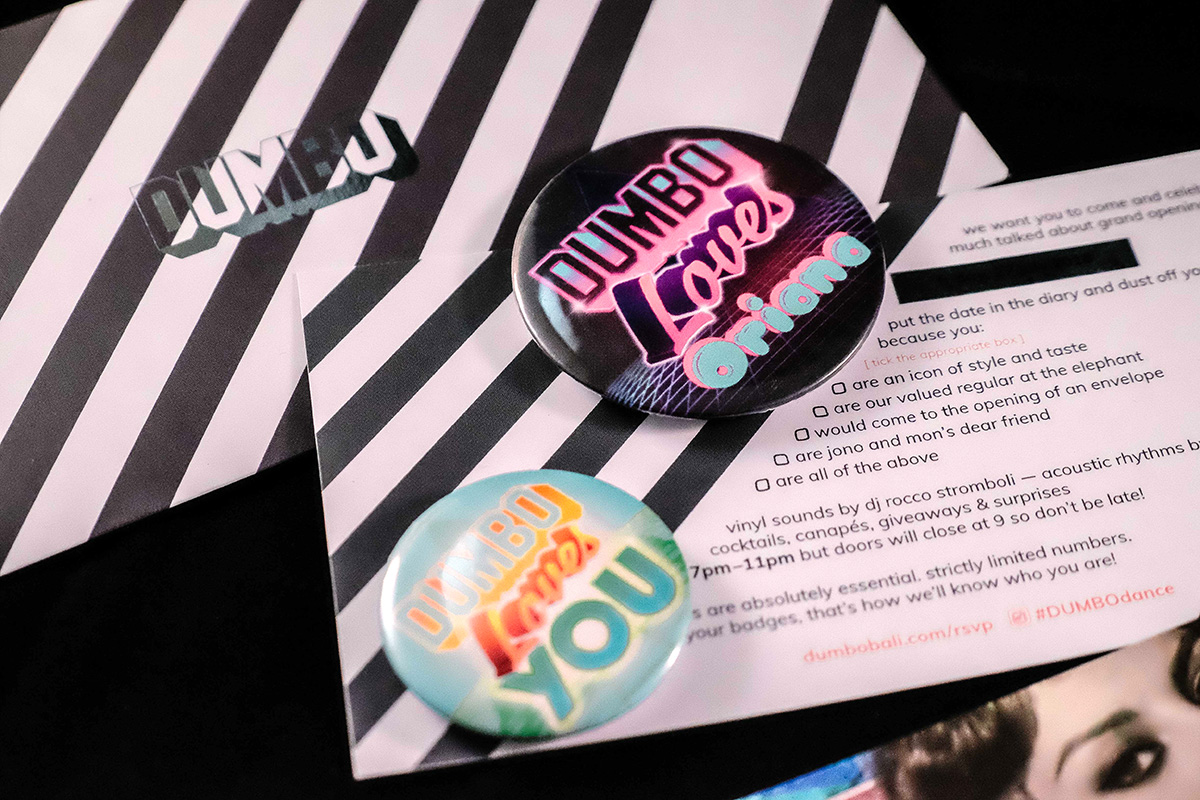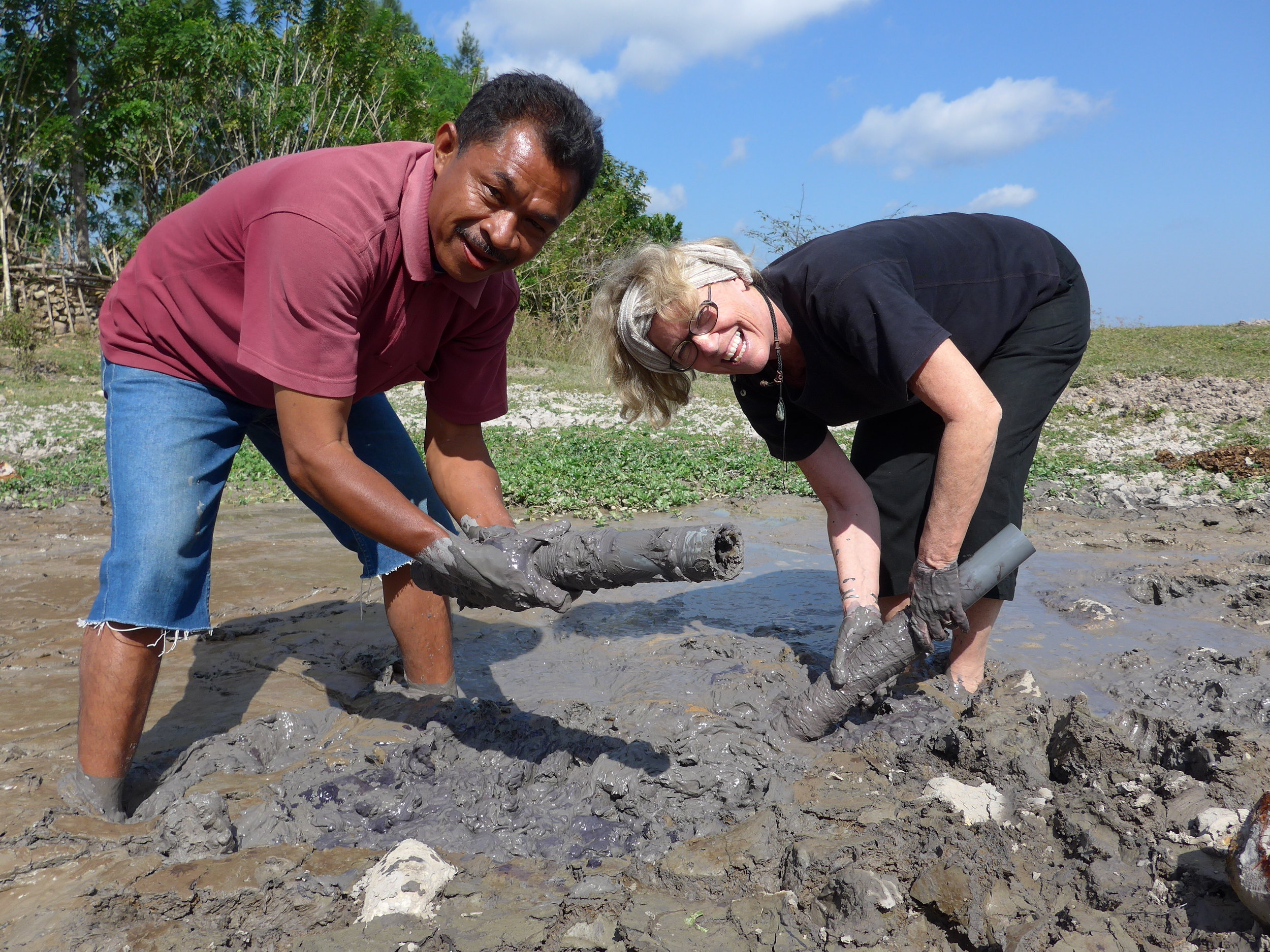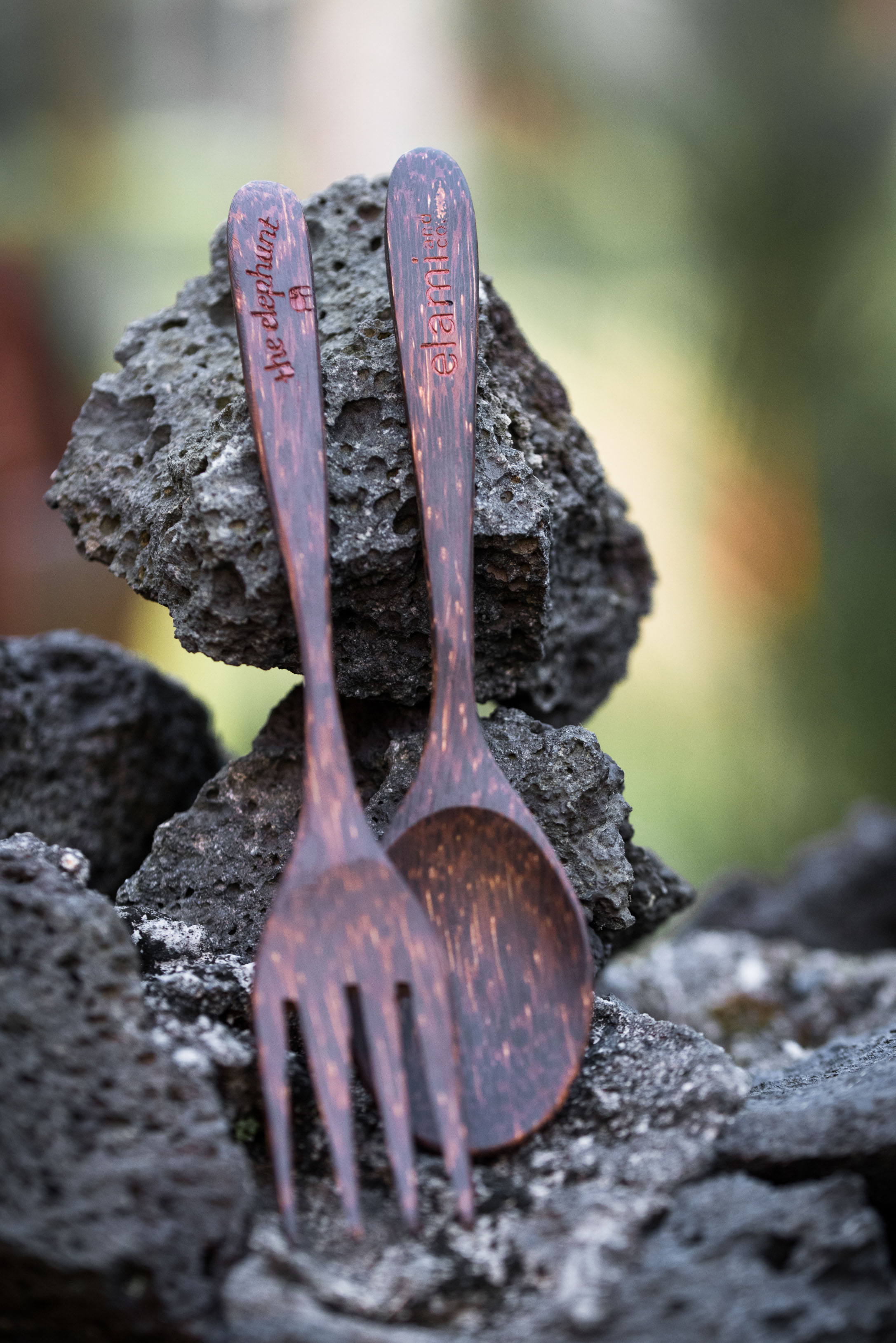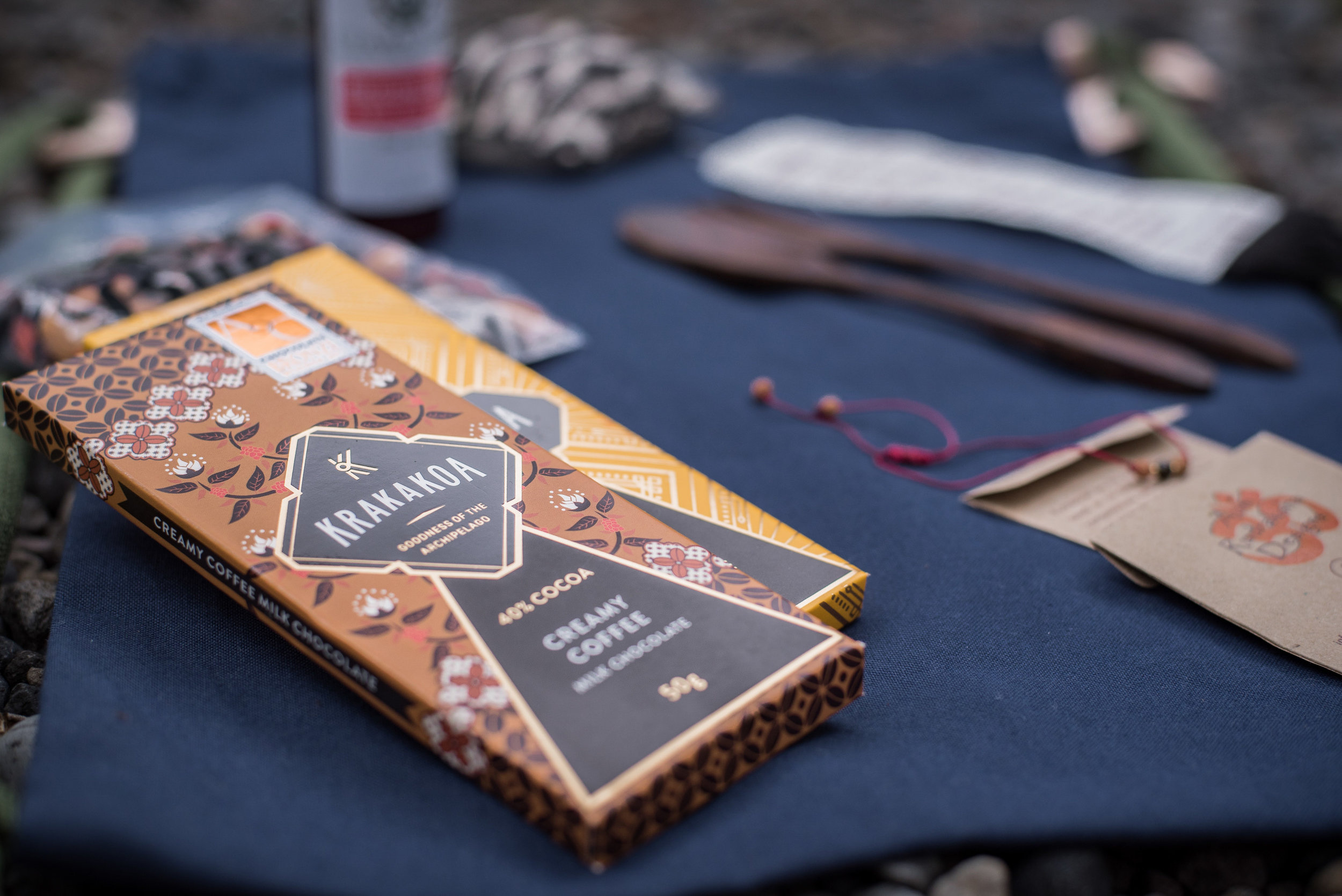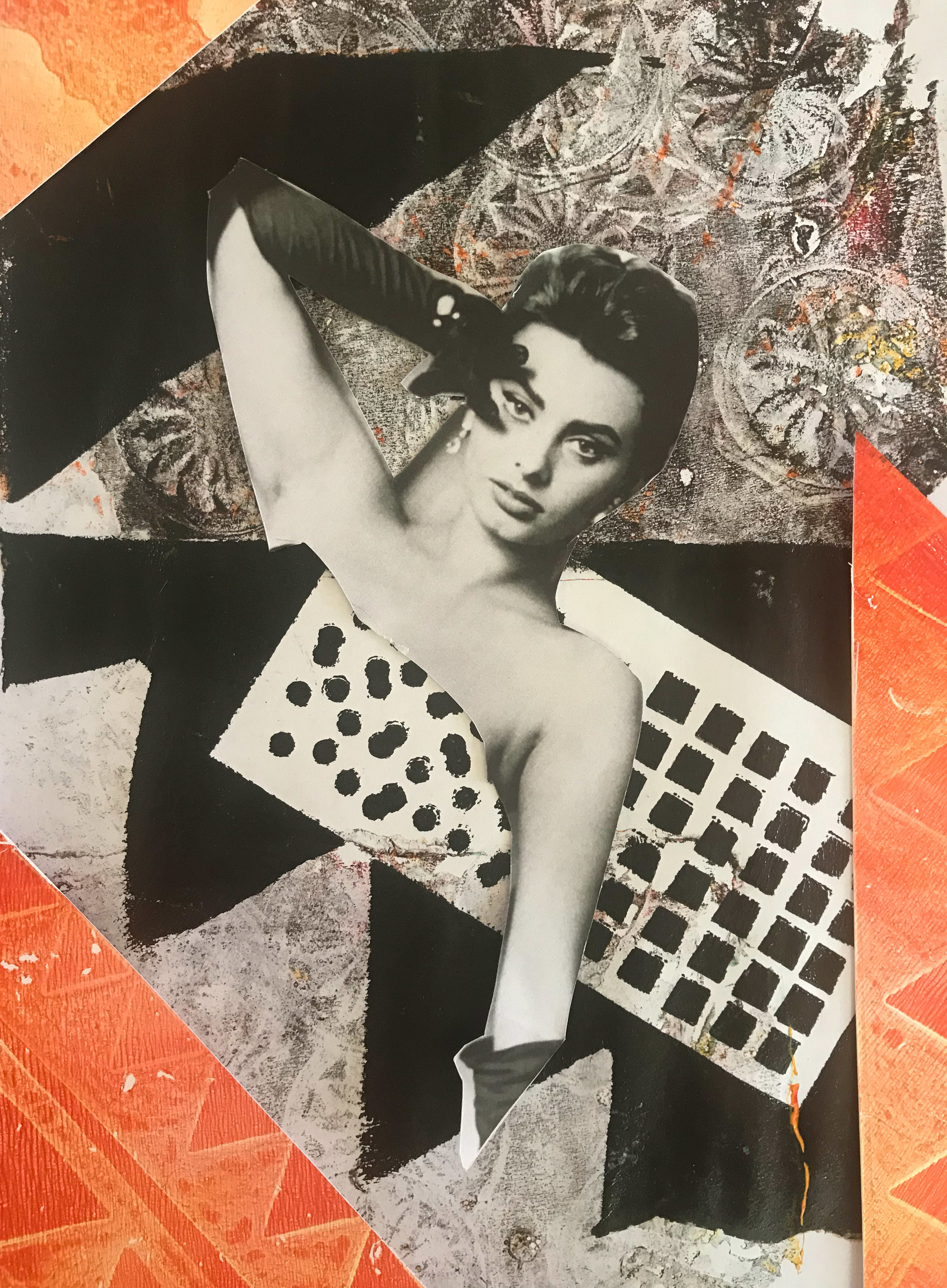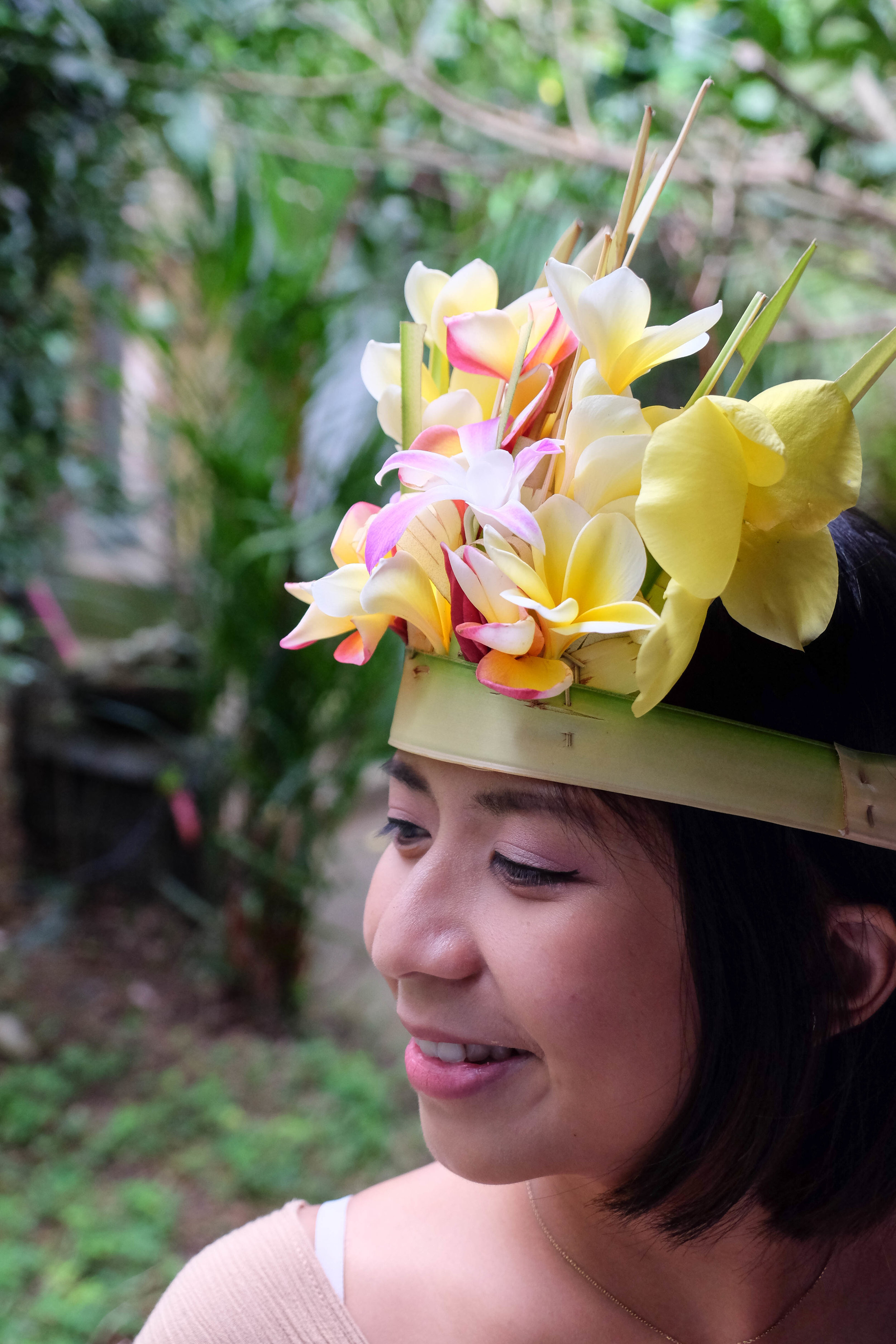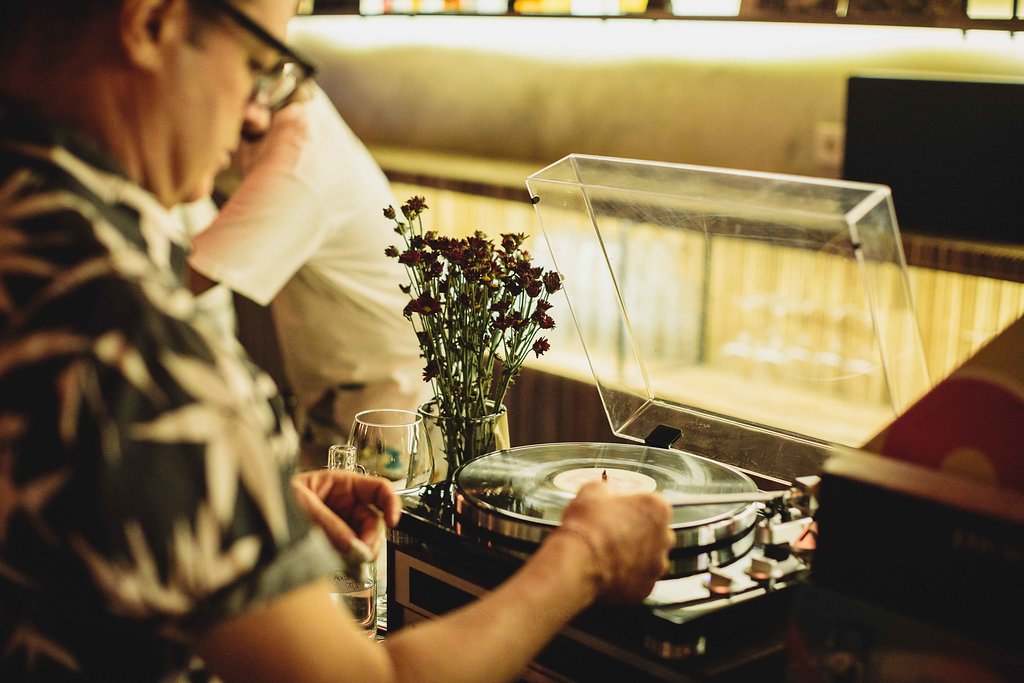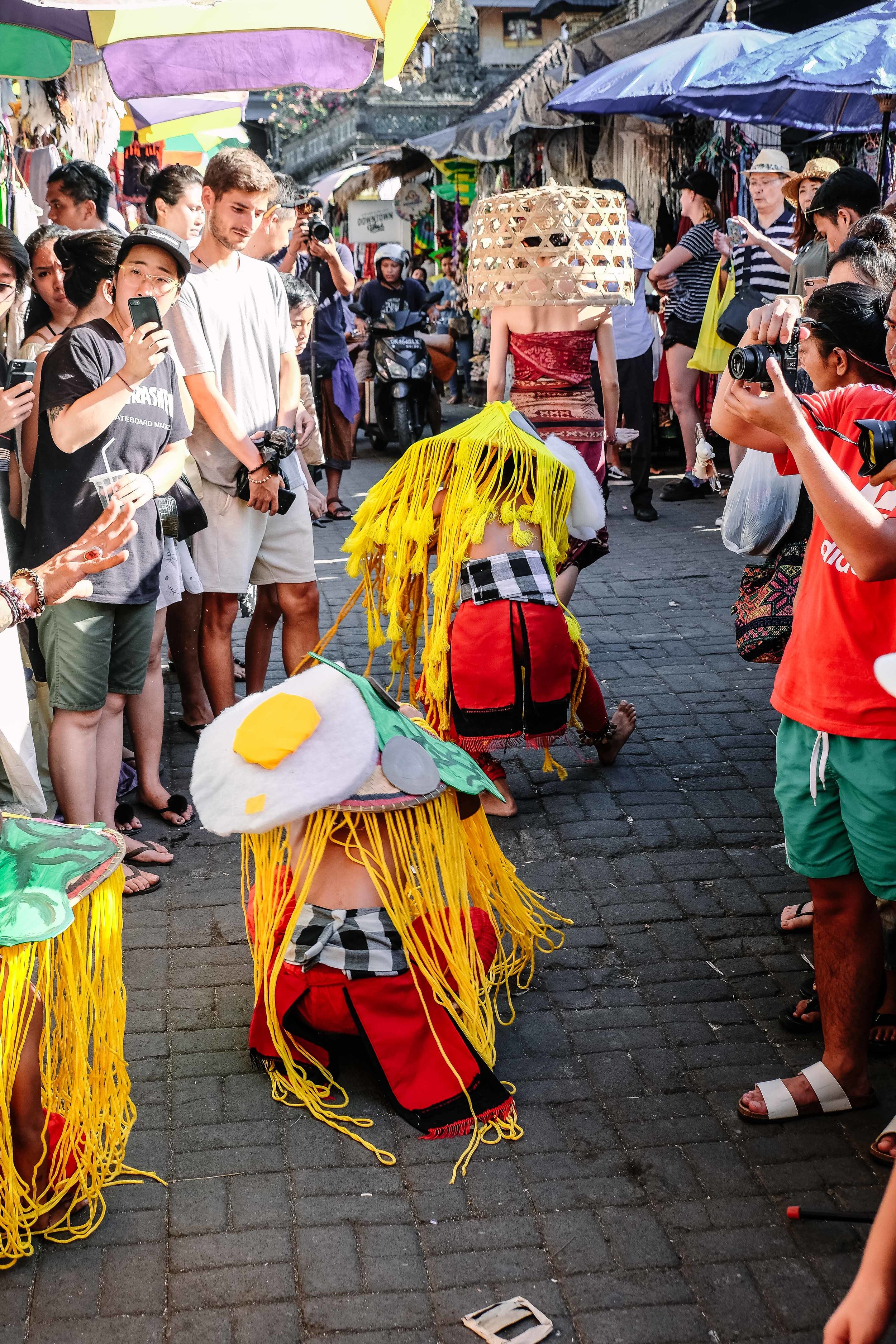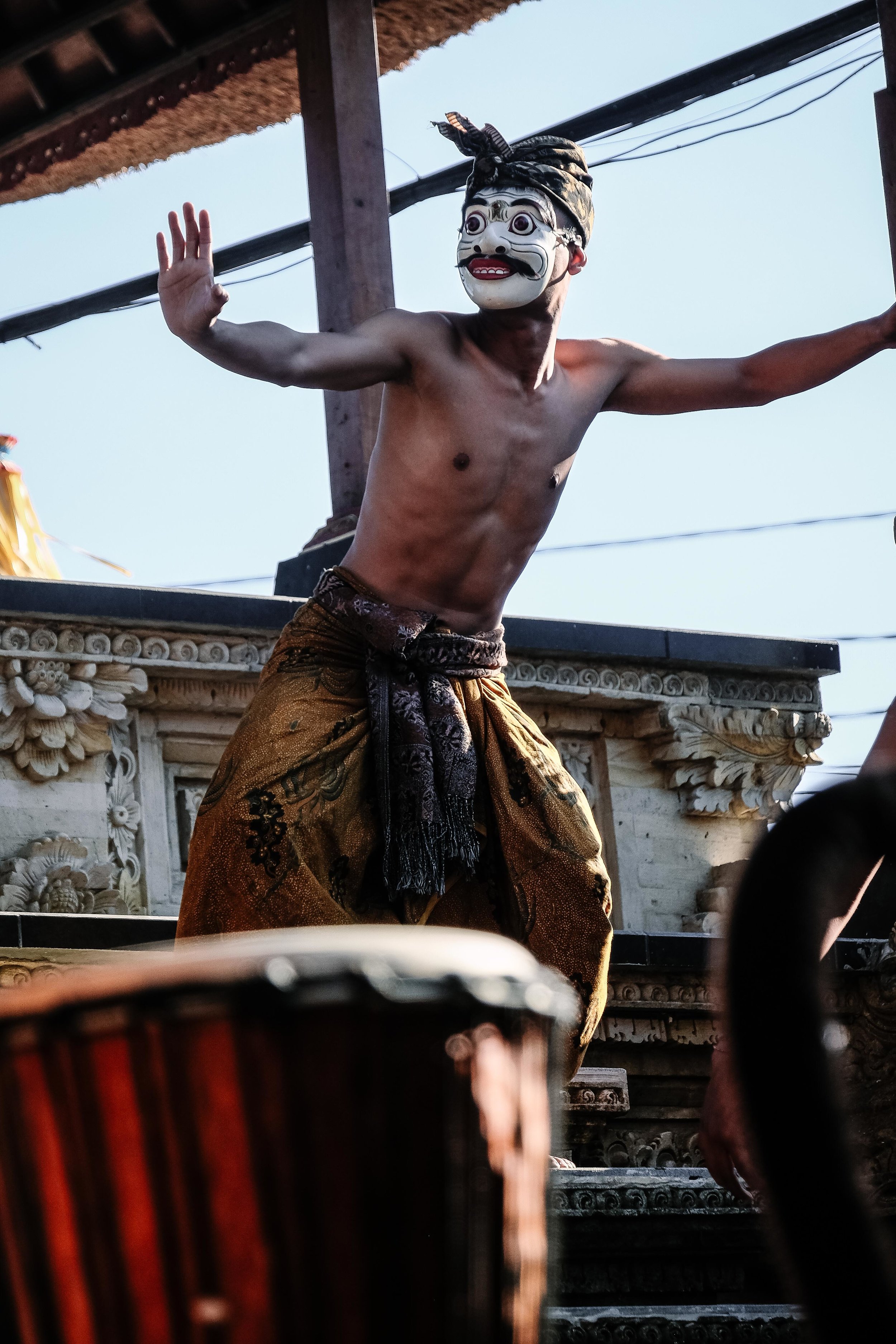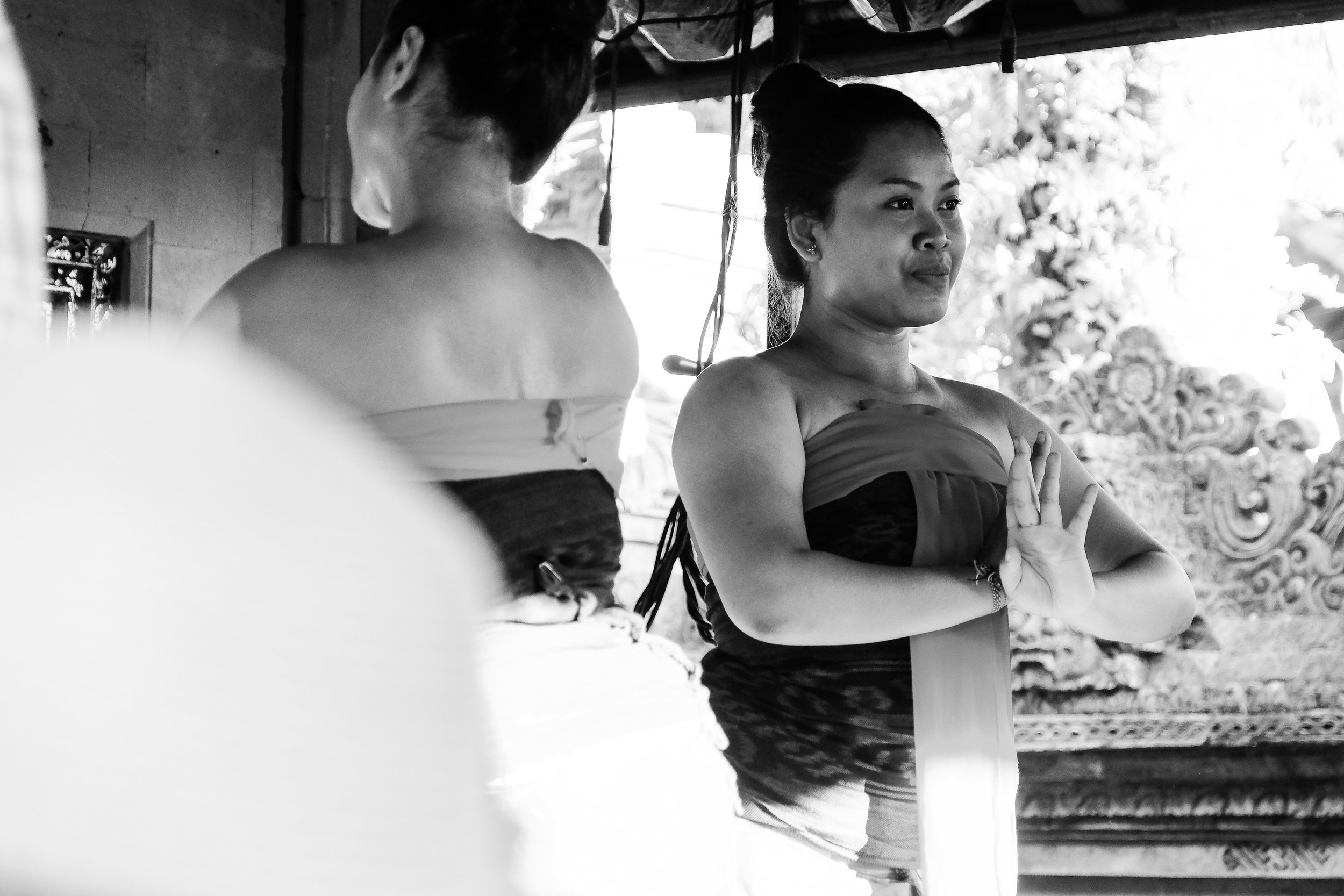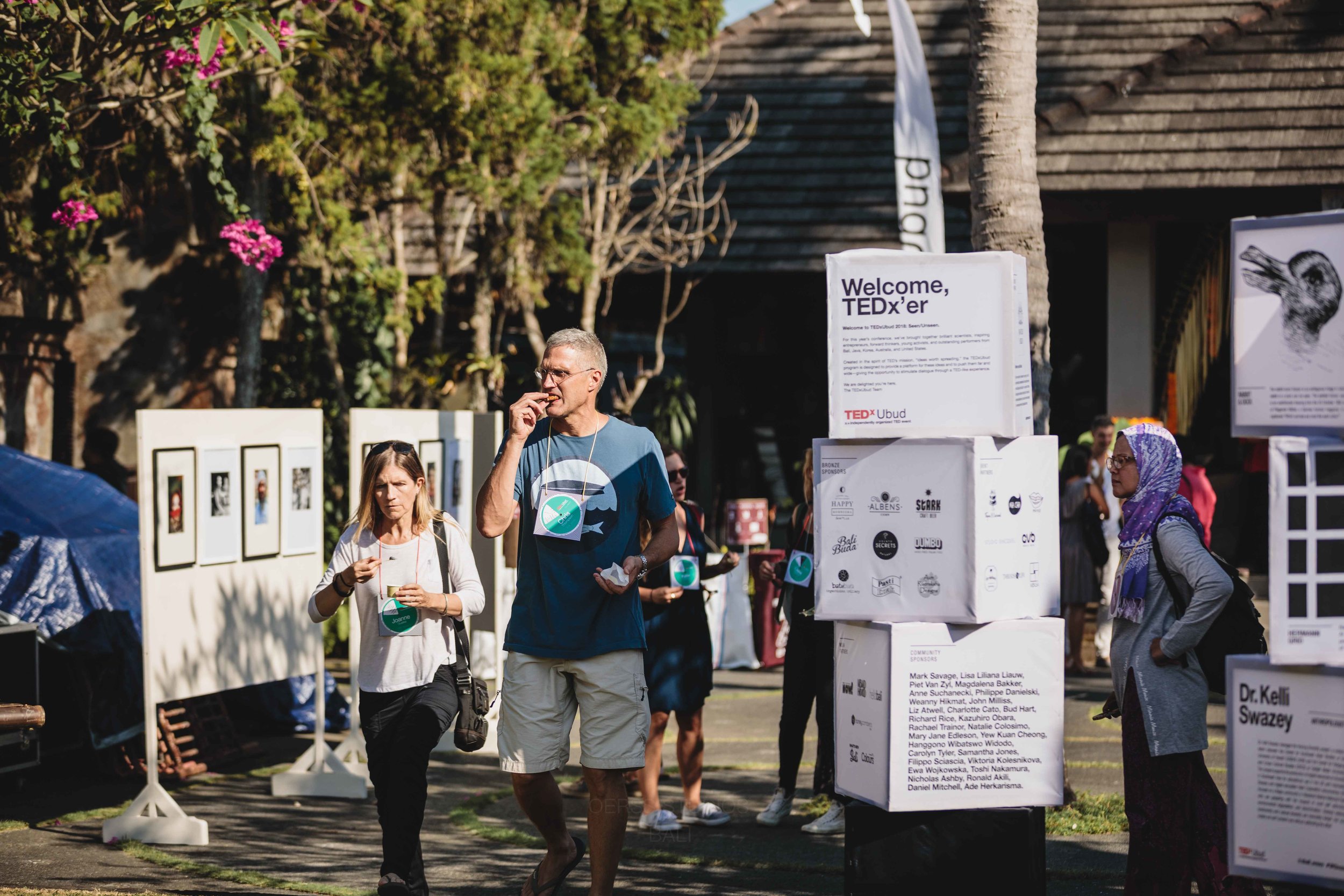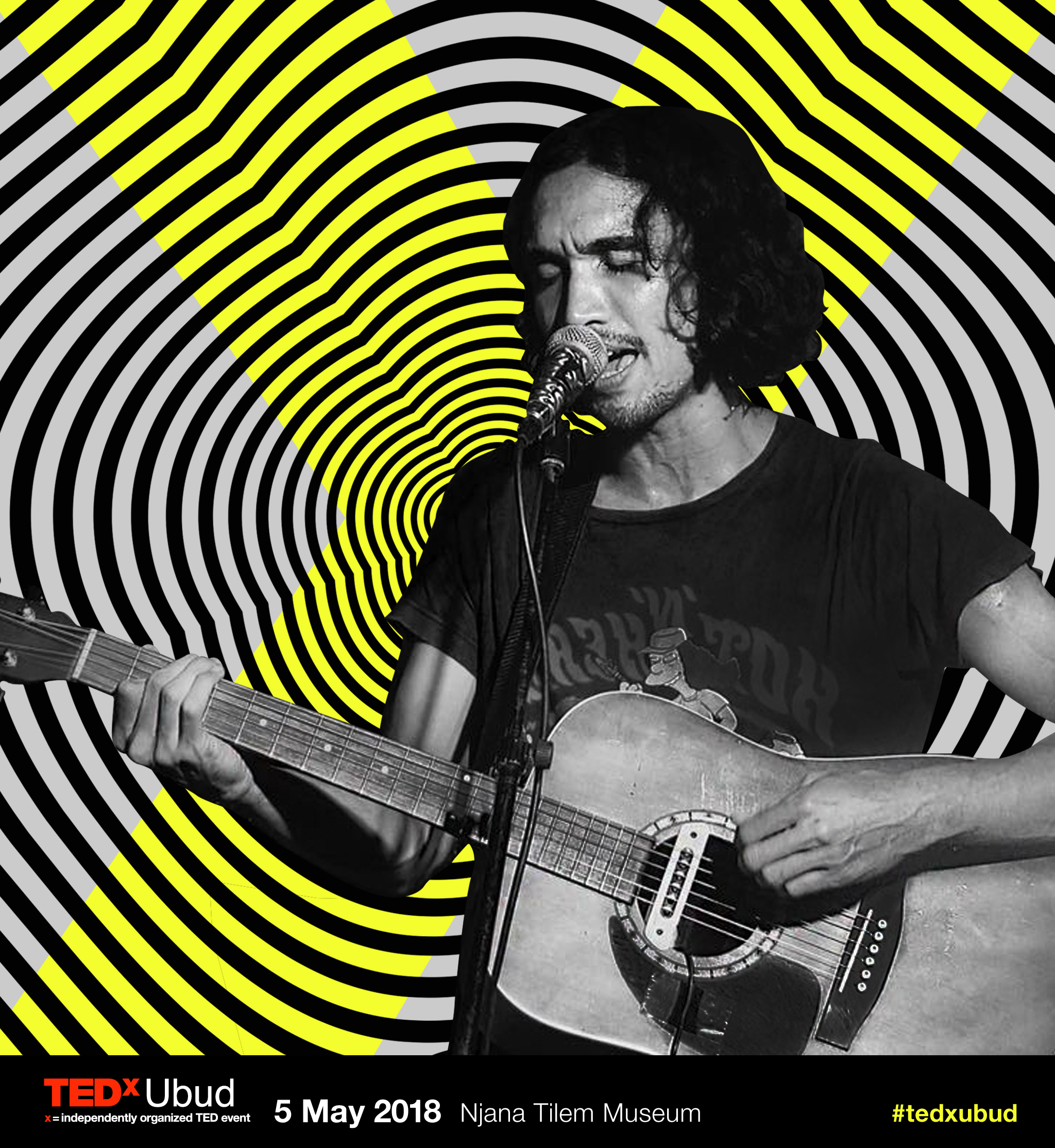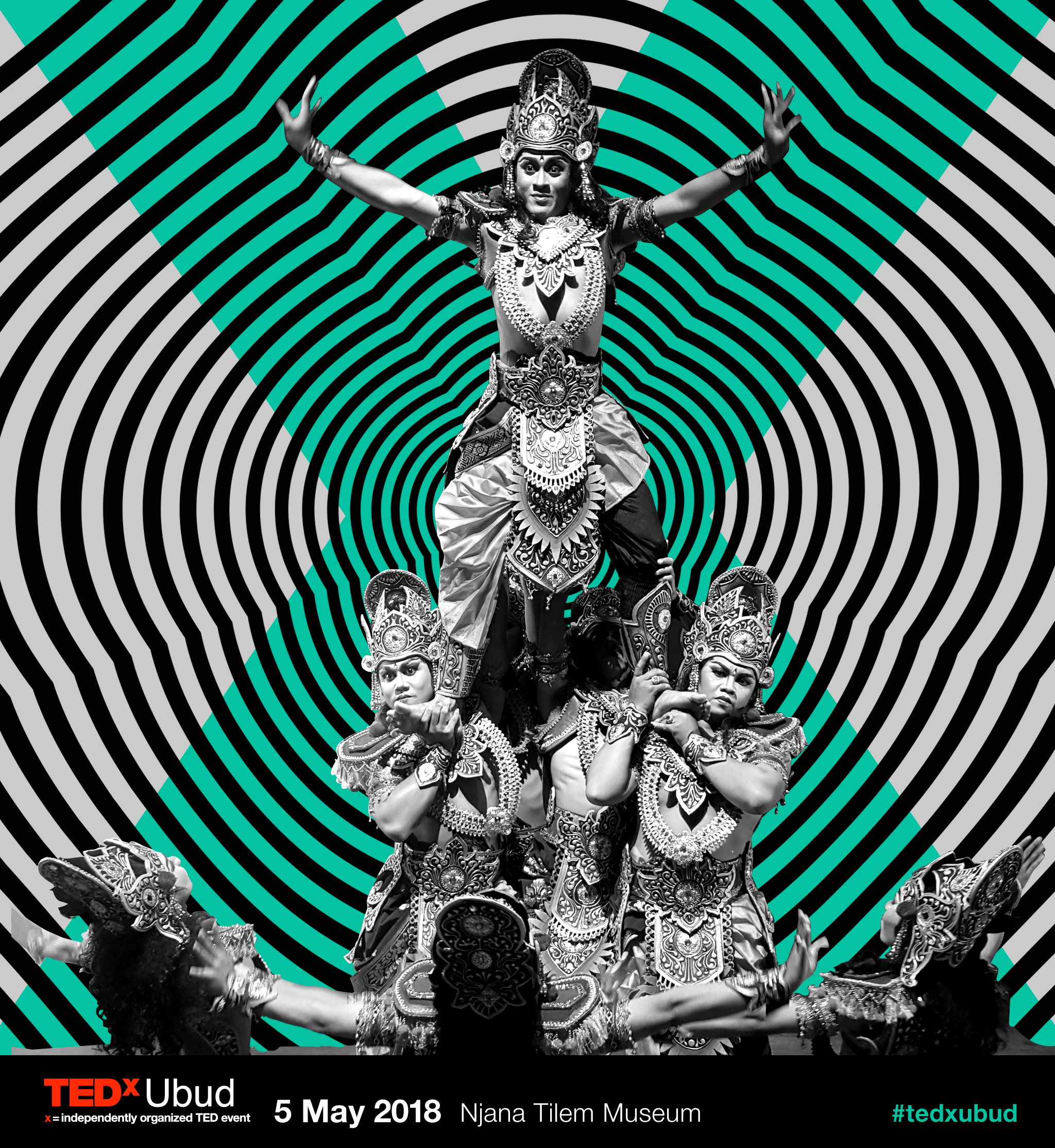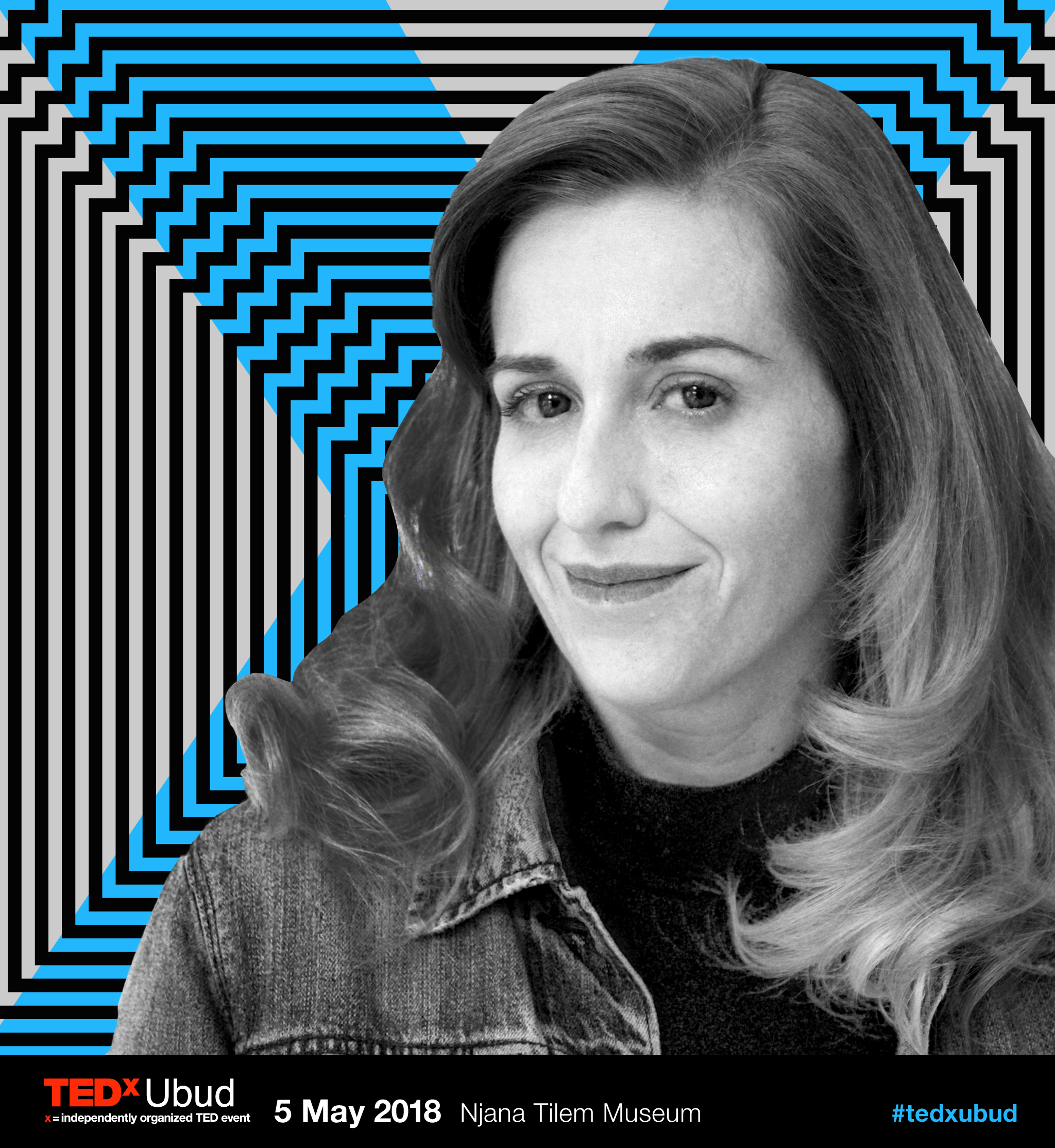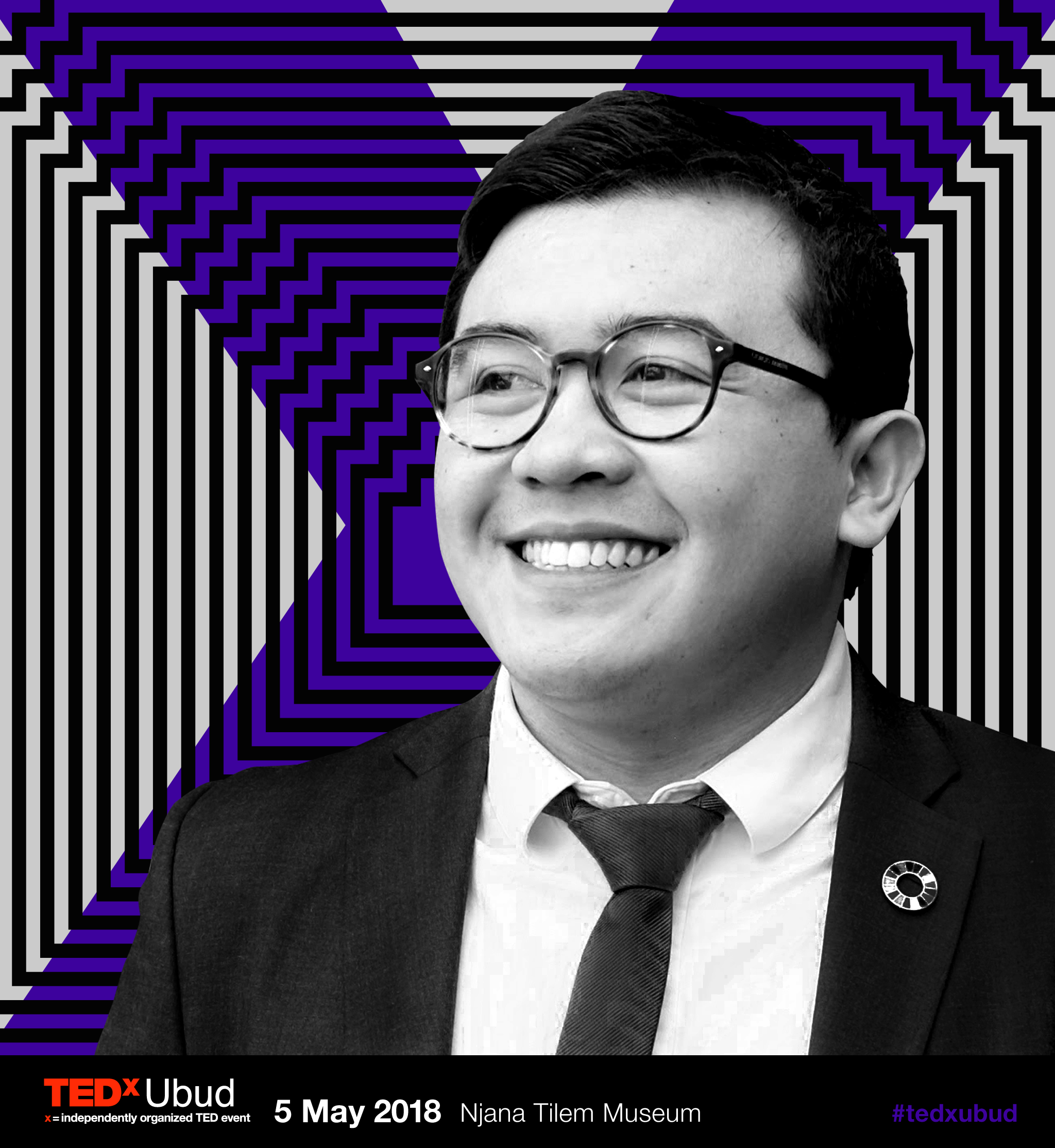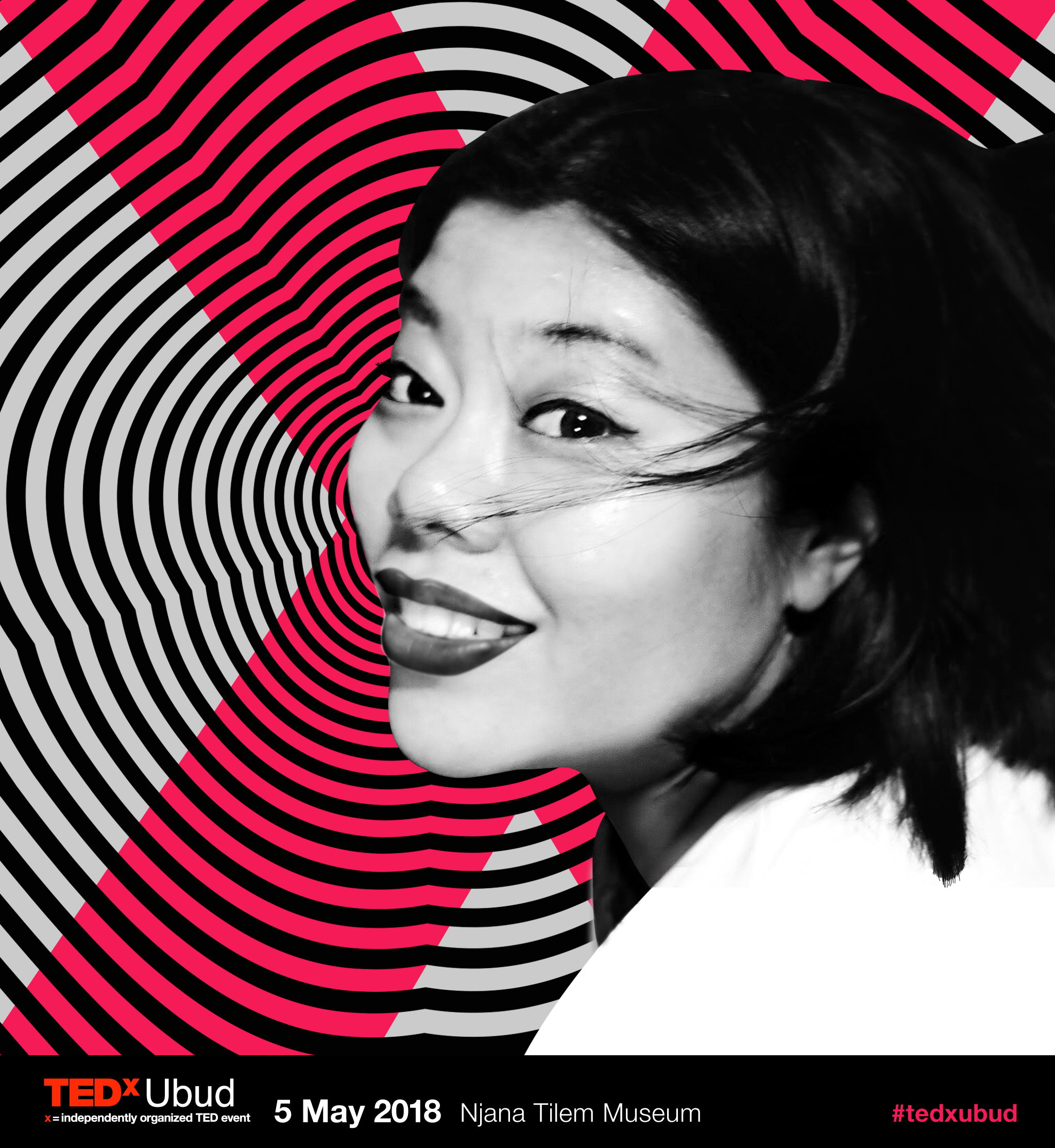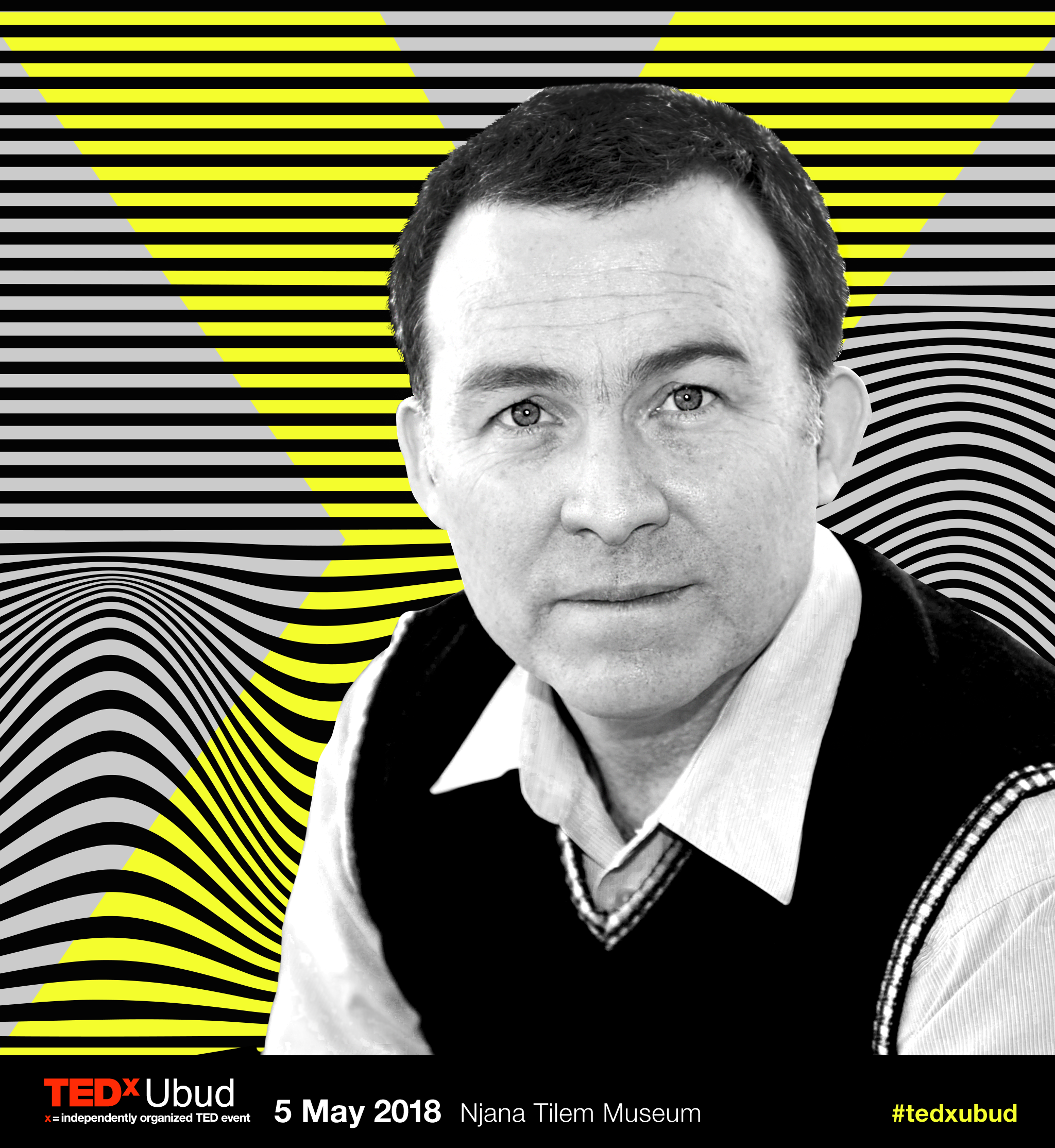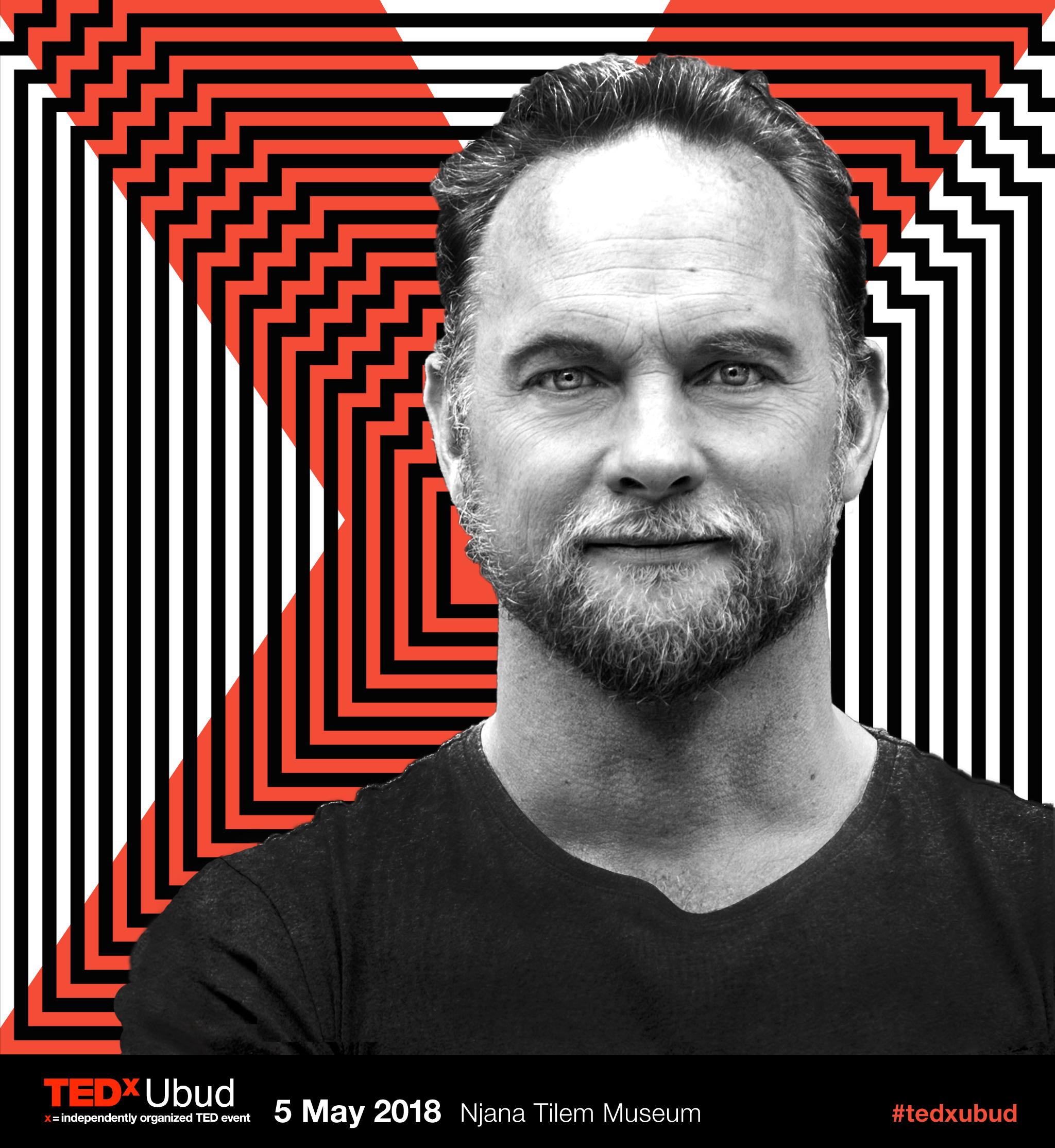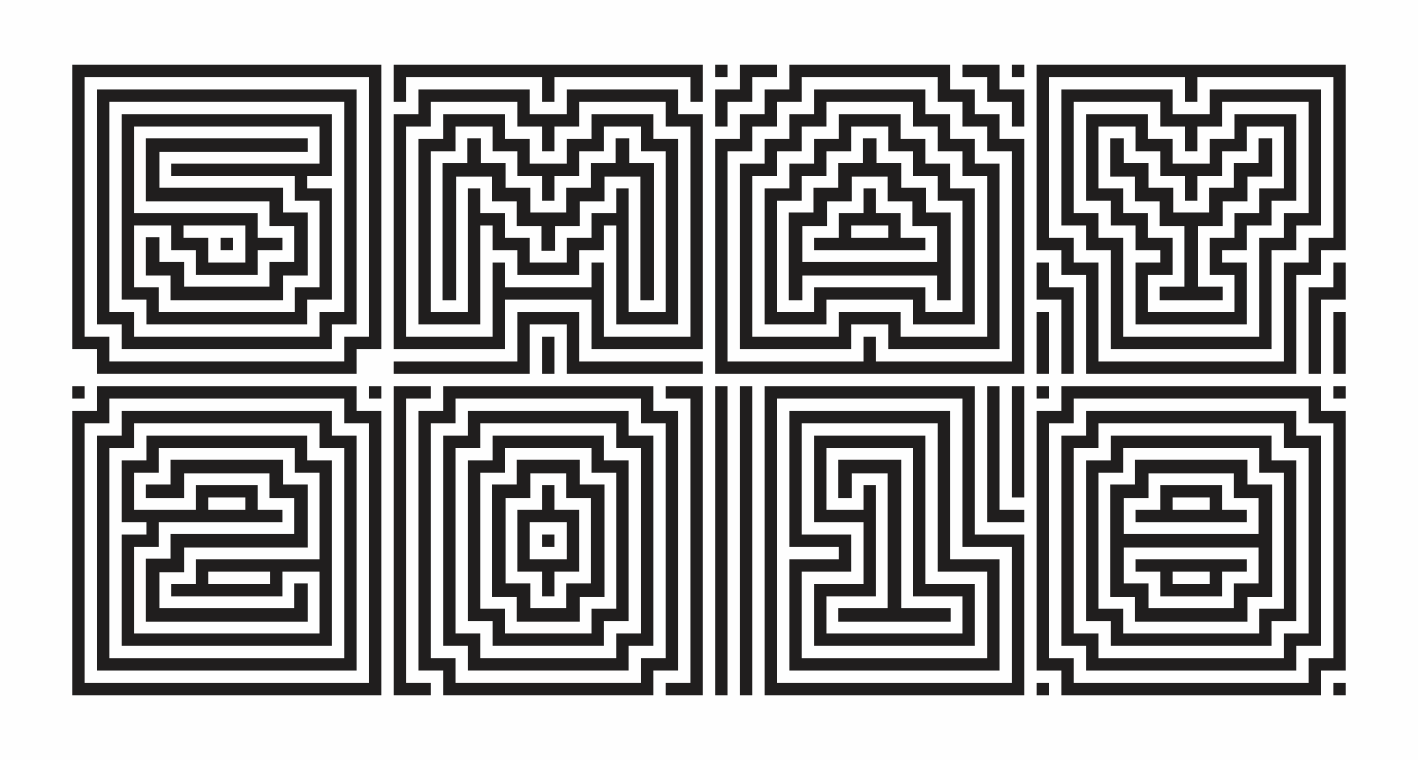An excursion to ART BALI 2018
/Congratulations to ART BALI on their first art exhibition at AB • BC building, Nusa Dua. The event was held with the support of the Indonesian Agency for Creative Economy (BEKRAF) from 9 October to 9 November 2018. We closed the office one Friday and headed all the way to the end of Bali to explore the exhibition with a few of our friends.
During the exhibition period, ART BALI offered a regular tour, with curators Rifky Effendy and Ignatia Nilu. We took the opportunity to join their final curatorial tour. The curators told us they picked the “Beyond The Myth” theme to explore phenomena and perspectives behind the socio-cultural framework of the artists’ empirical experiences and discourse in Bali and Java.
The political is never far behind when we shine the light on the socio-cultural values of Indonesia so it was not surprising to see so many intense and relevant pieces. For example, Wayan Upadana created a poignant piece on the fantasies surrounding tourism and harmony here in Bali through miniature figures half- drowning under the waves of Bali’s sea. This was a firm favorite of everyone in our group.
The work from Syagini Ratna Wulan, featuring Bandu Darmawan, focused on the rise of hashtags in the public agenda. Jompet Kuswidananto’s installation took the form of a tent filled with chandeliers, in a reference to the stealing of curtains from the houses of colonial officers so that the villagers in Madiun in late 19th century could peek and see what the residents did, especially at night. According to work’s description, the chandeliers represented a looting of knowledge and culture, thus setting this foreign knowledge free.
In the past 2 years, there has been a mushrooming of creative platforms (such as studios, collectives, and galleries) and events (exhibitions, discussions, artist talks, workshops) in Bali. ART BALI contributes to this movement and has been met with great excitement by all in the creative community. ART BALI will be held annually and we’re looking forward to seeing how the artists continue to explore the cultural-social-political situation, and reflect it through their own visual language.
As Nina Simone said, “An artist’s duty, as far as I’m concerned, is to reflect the times.”










